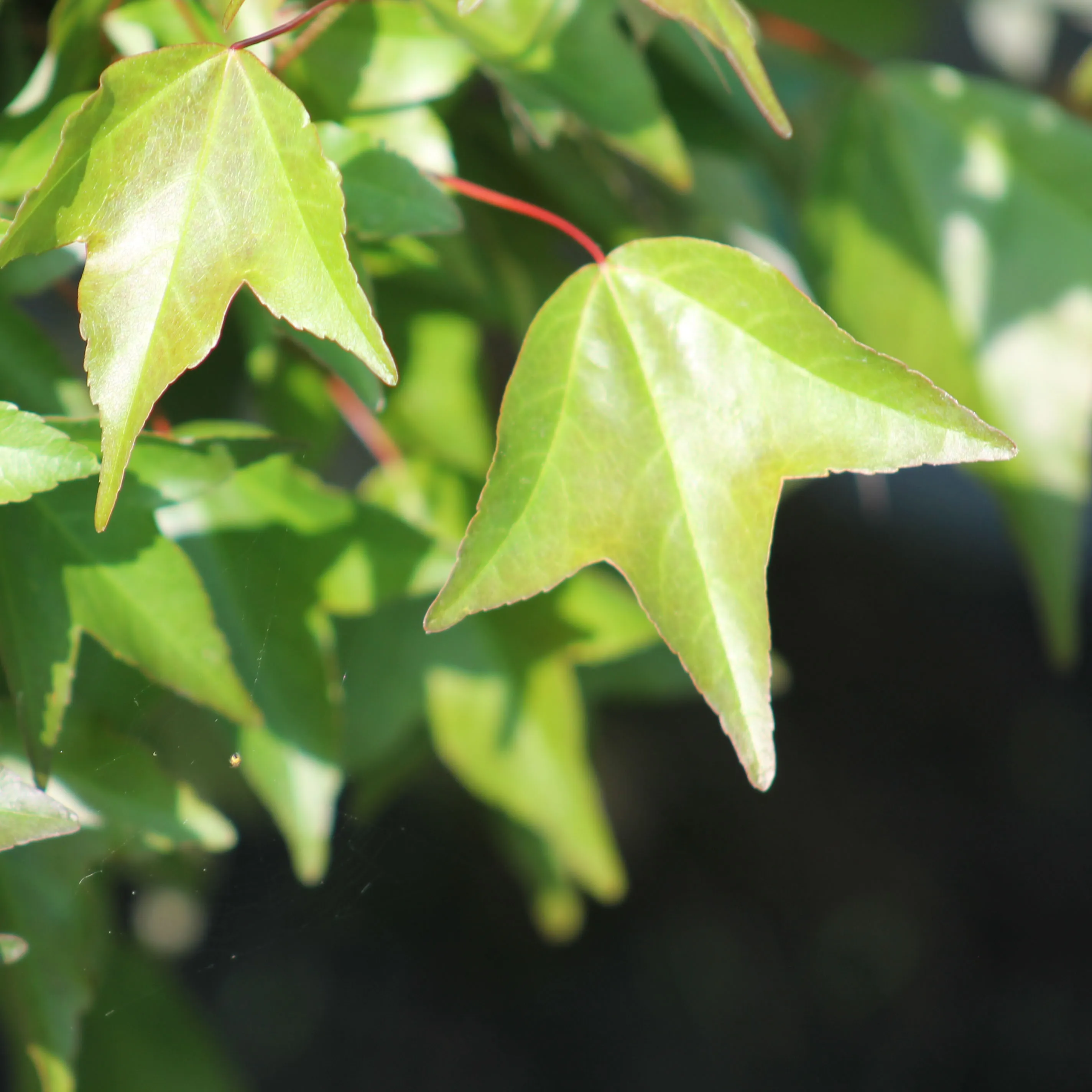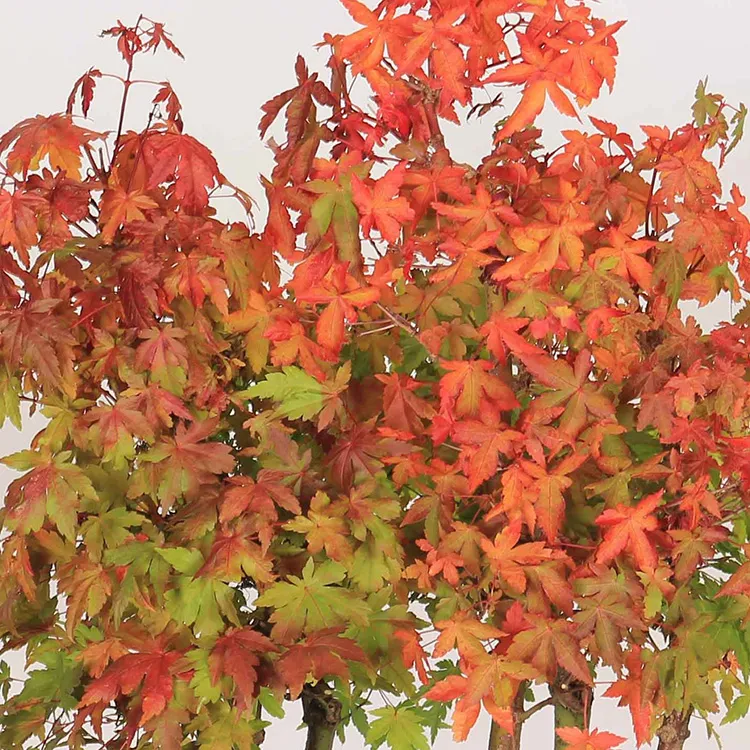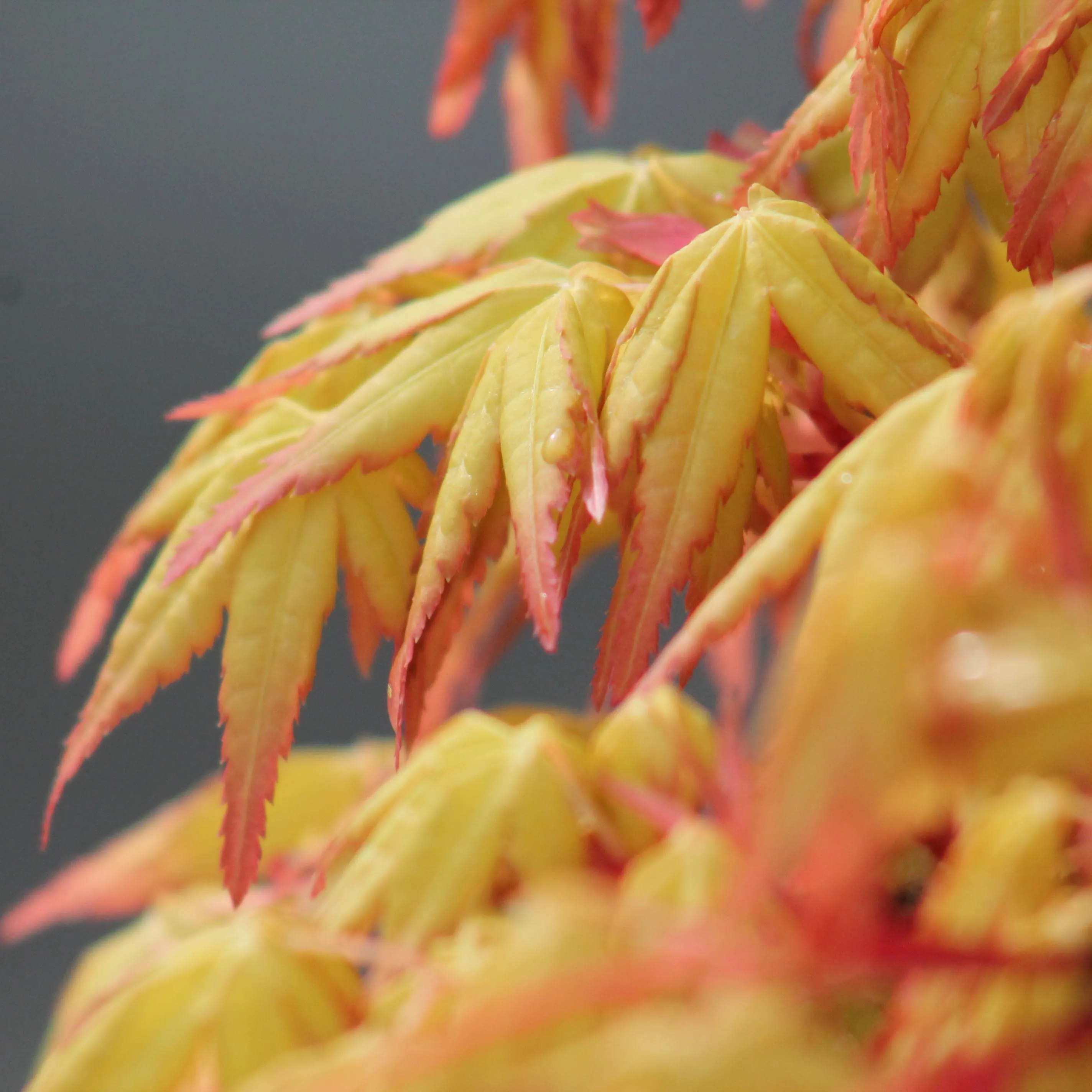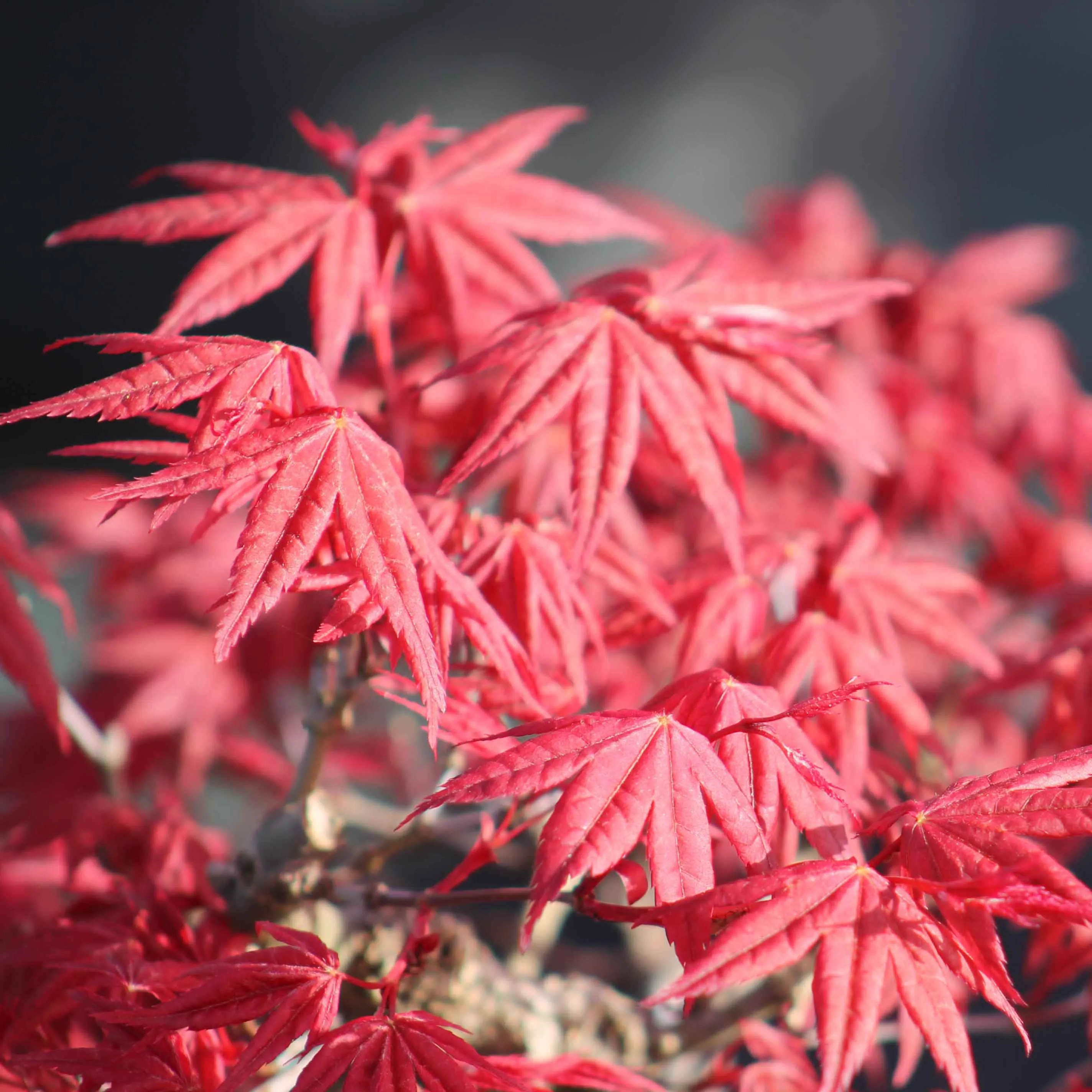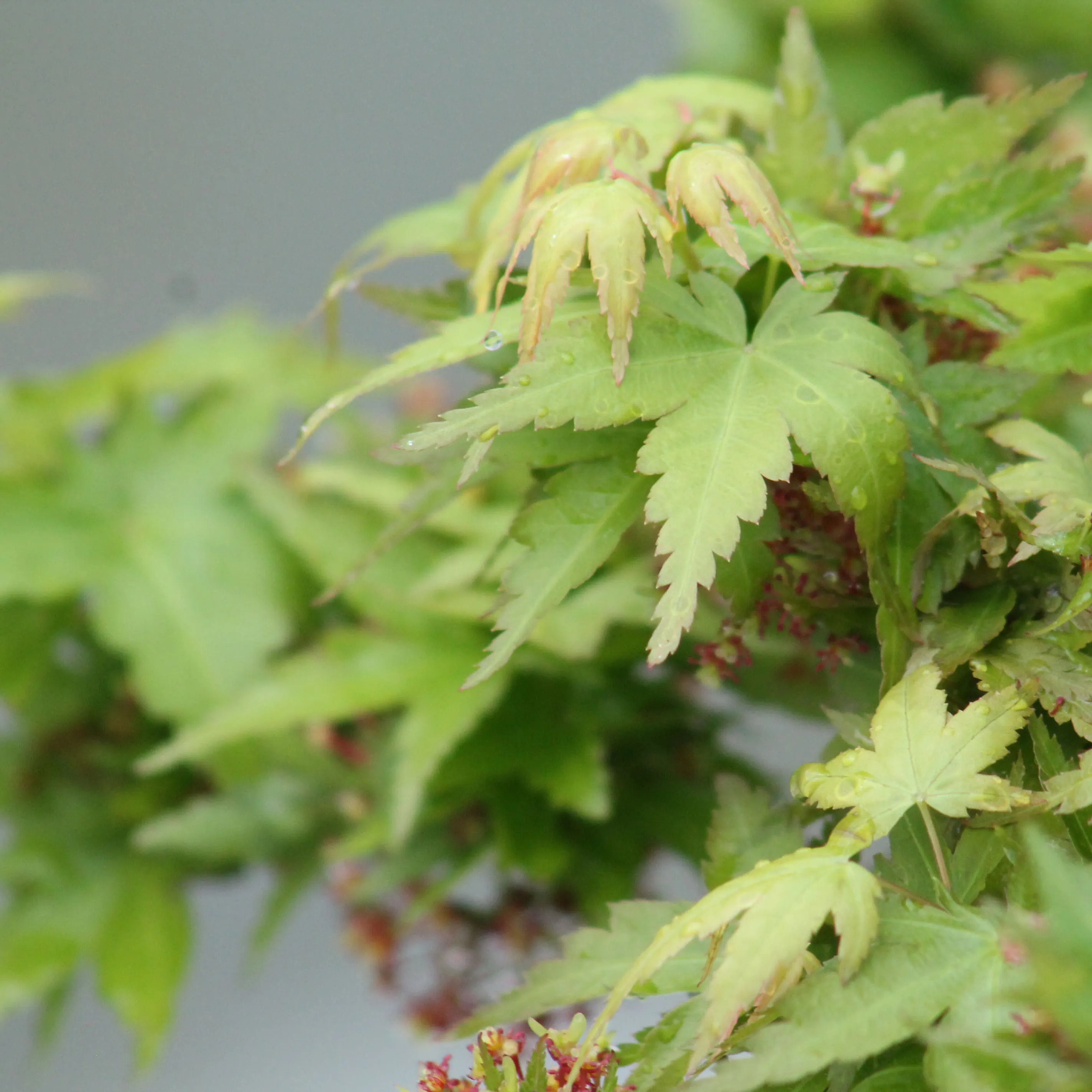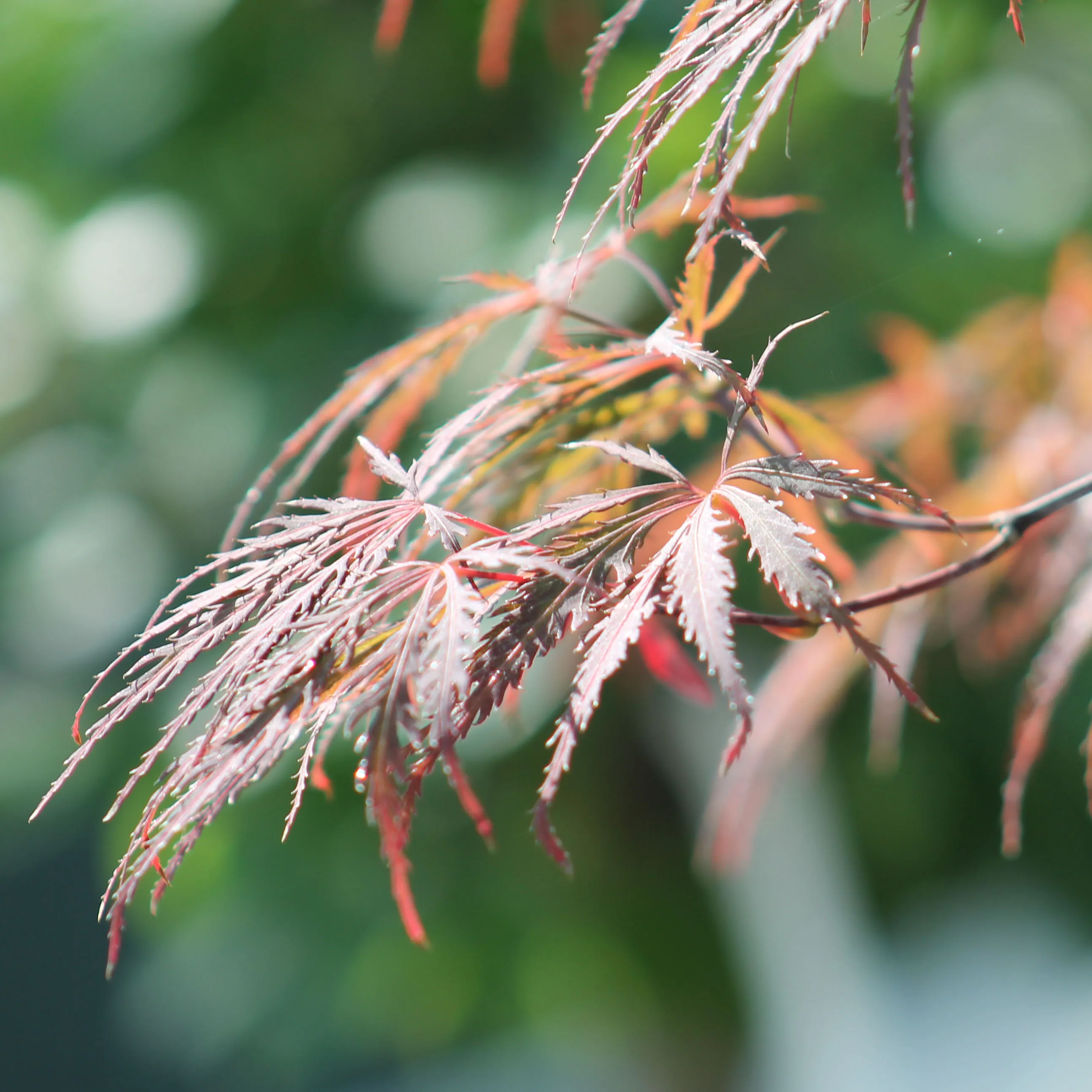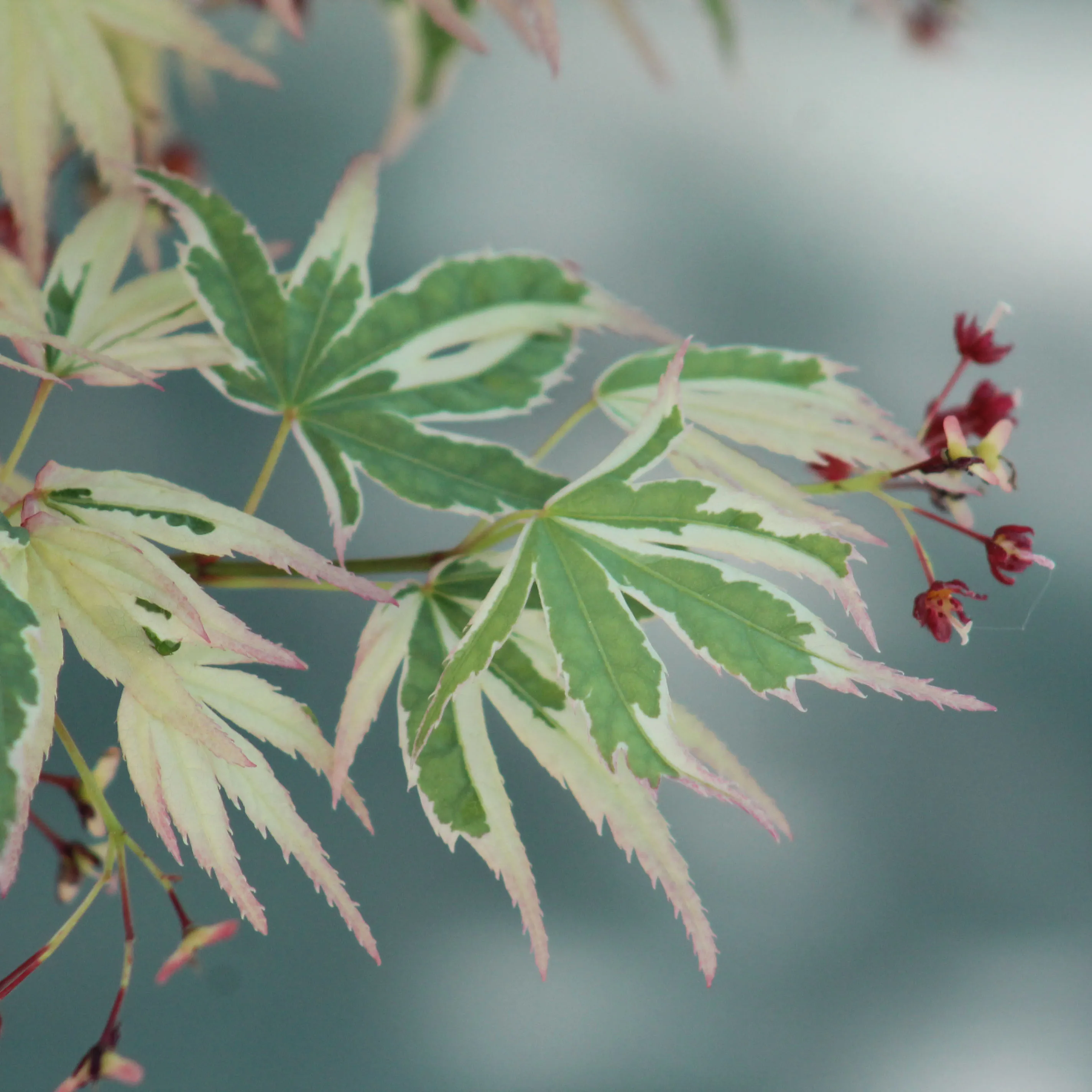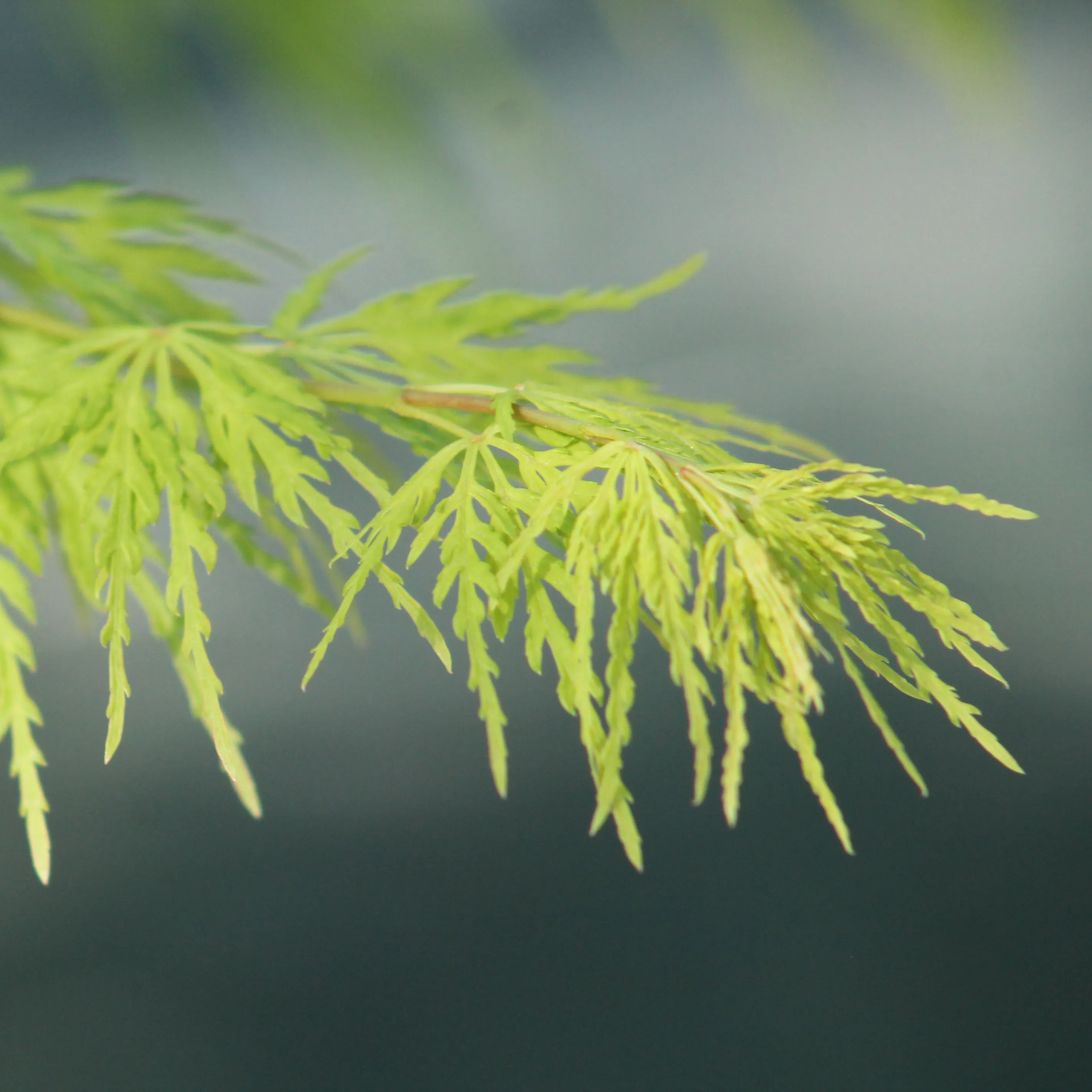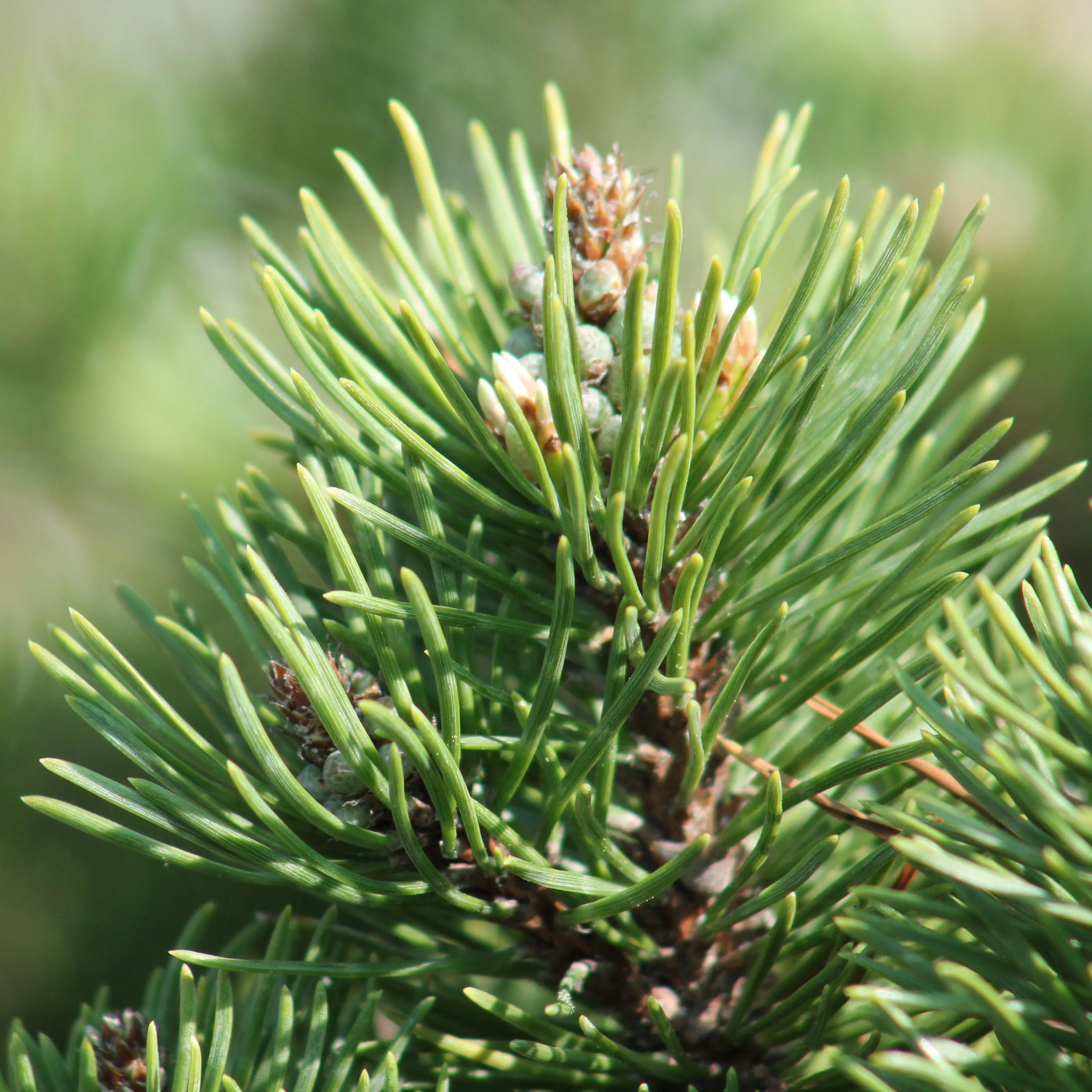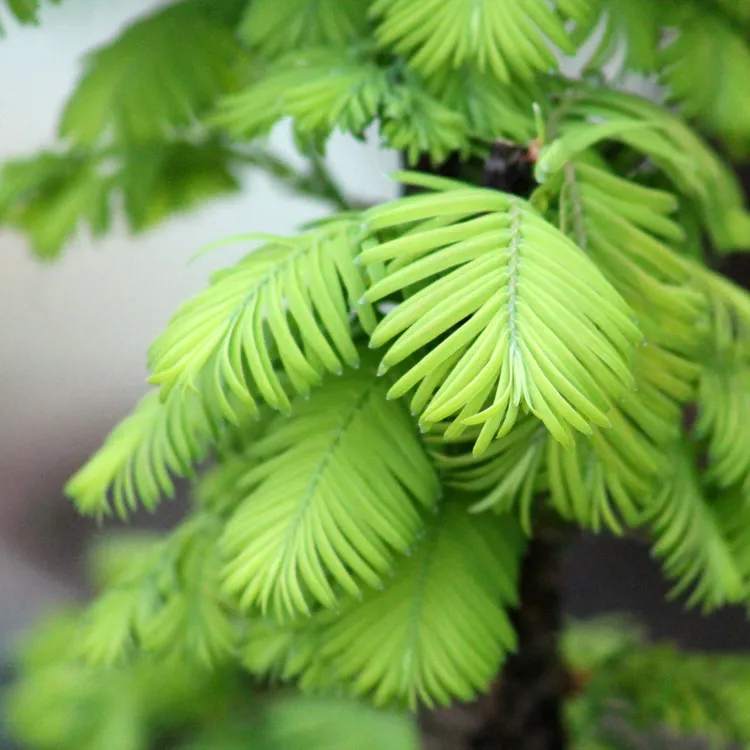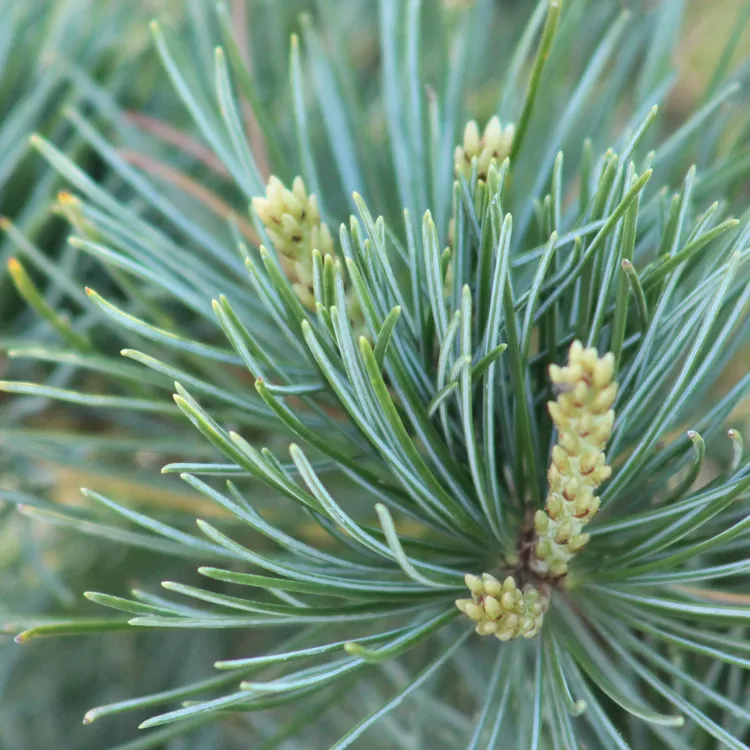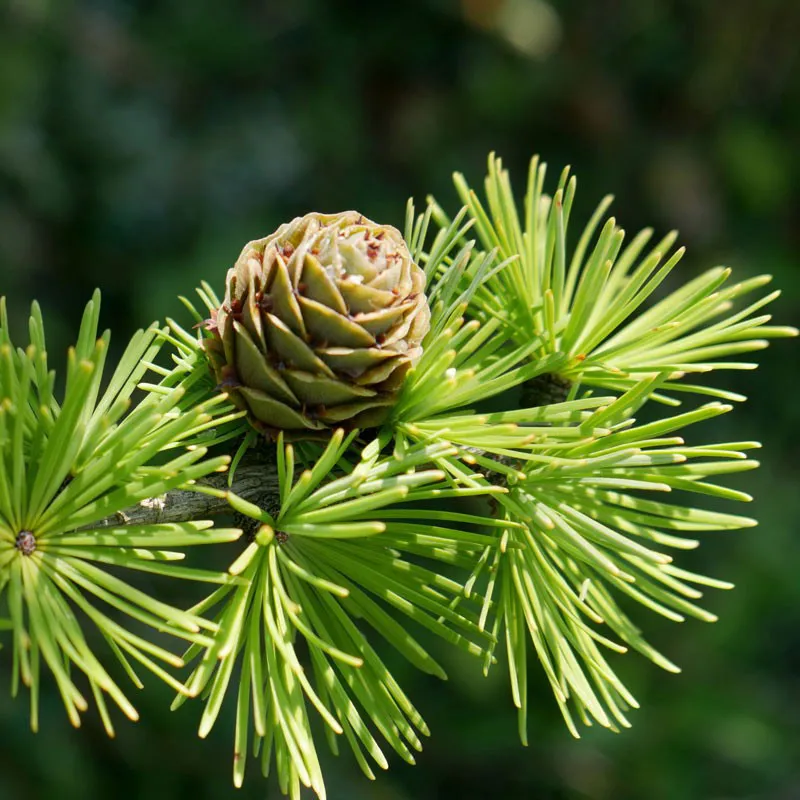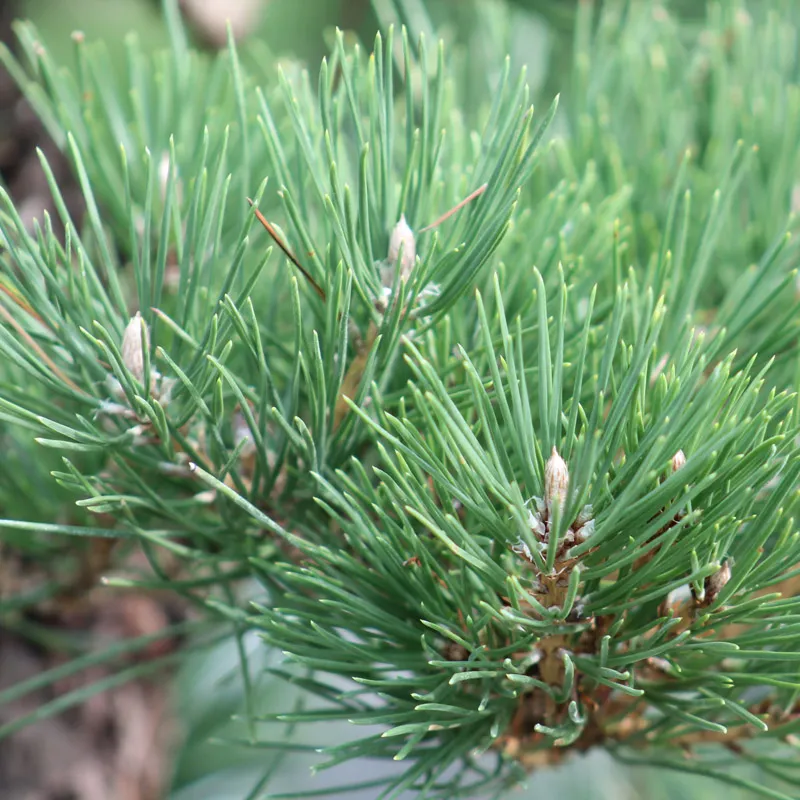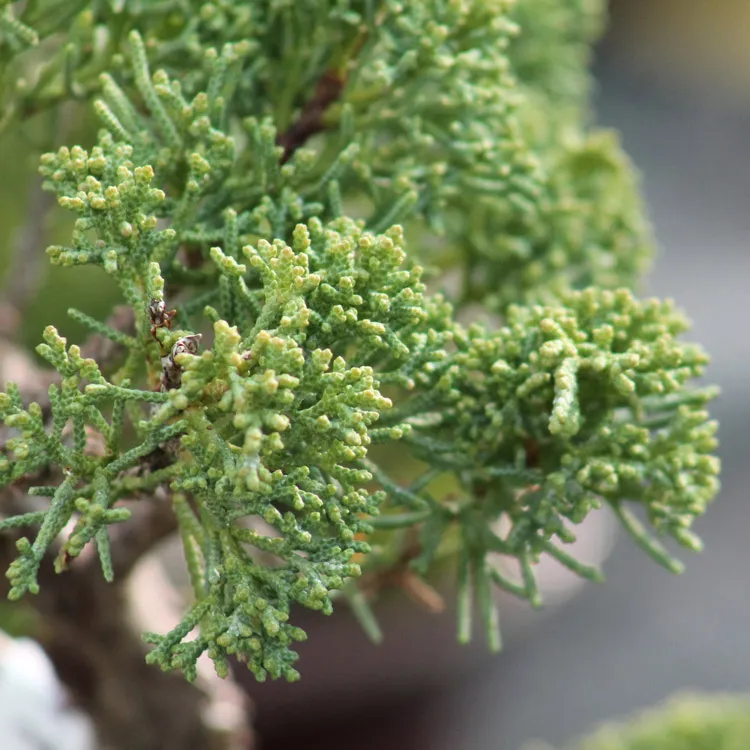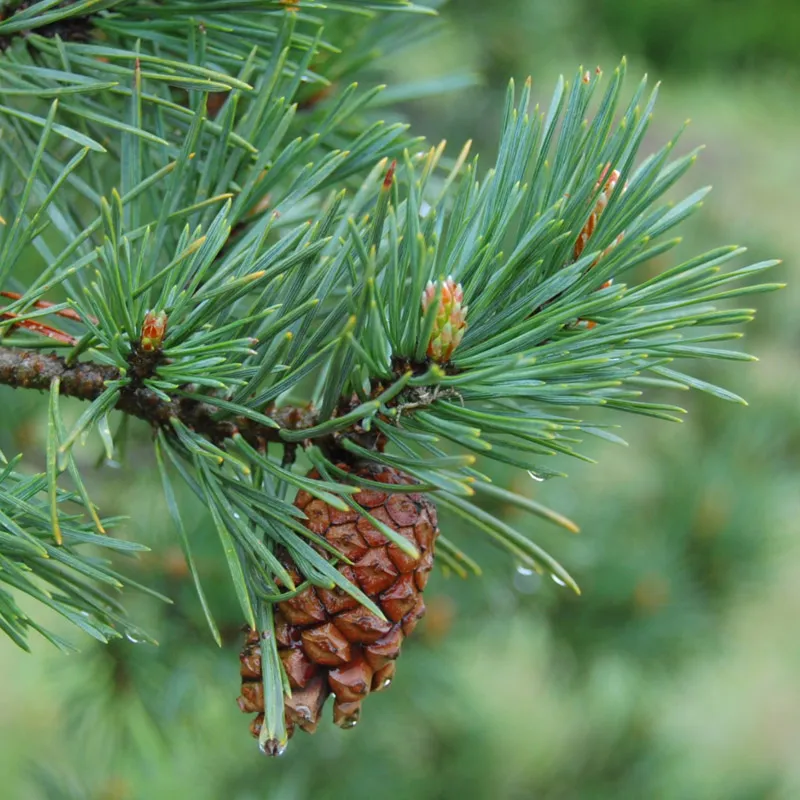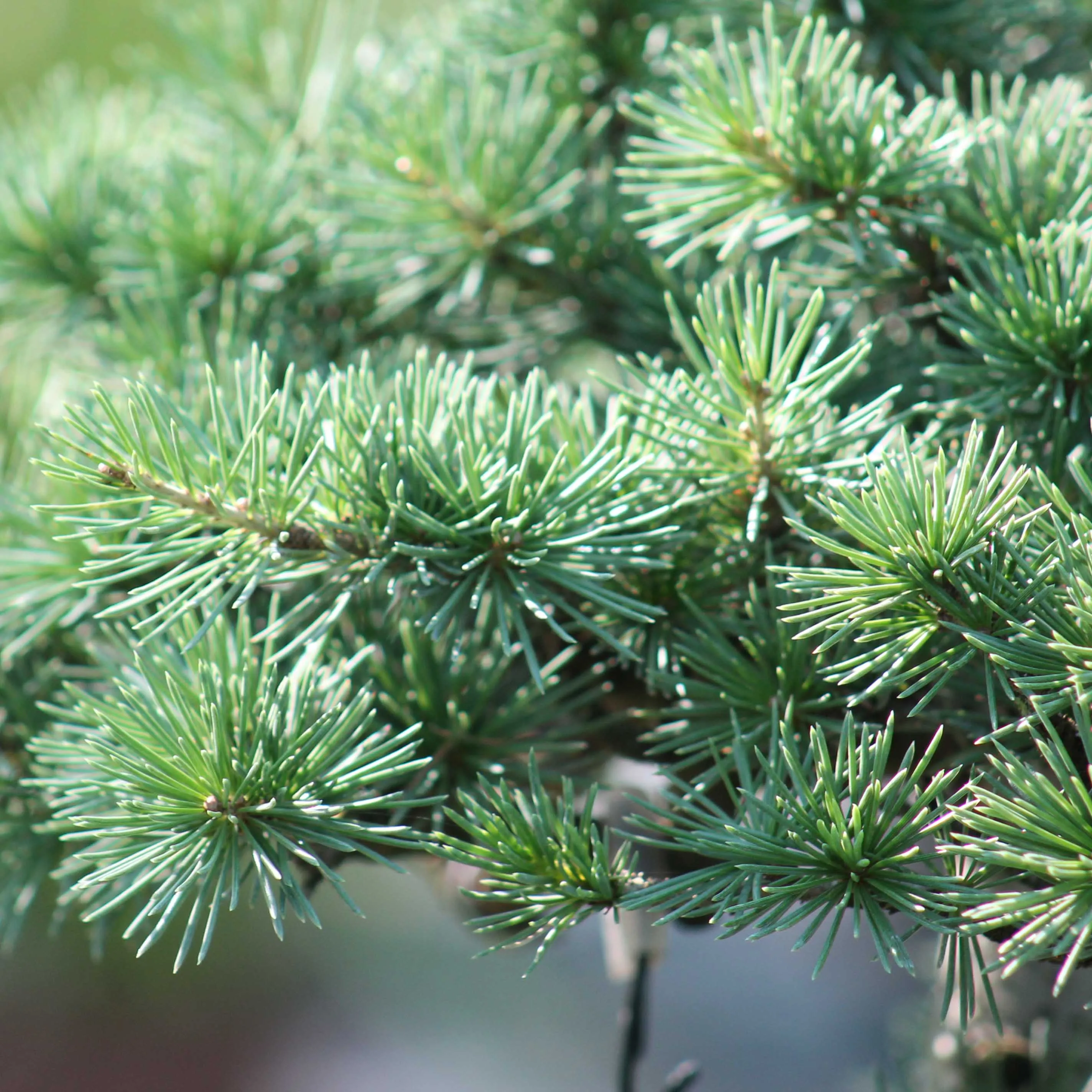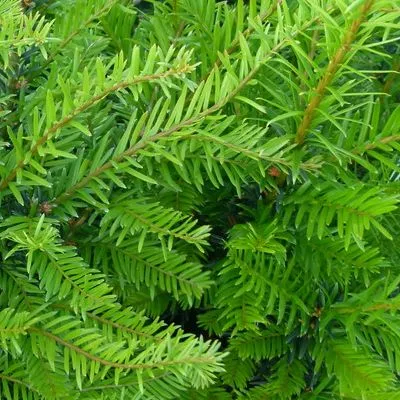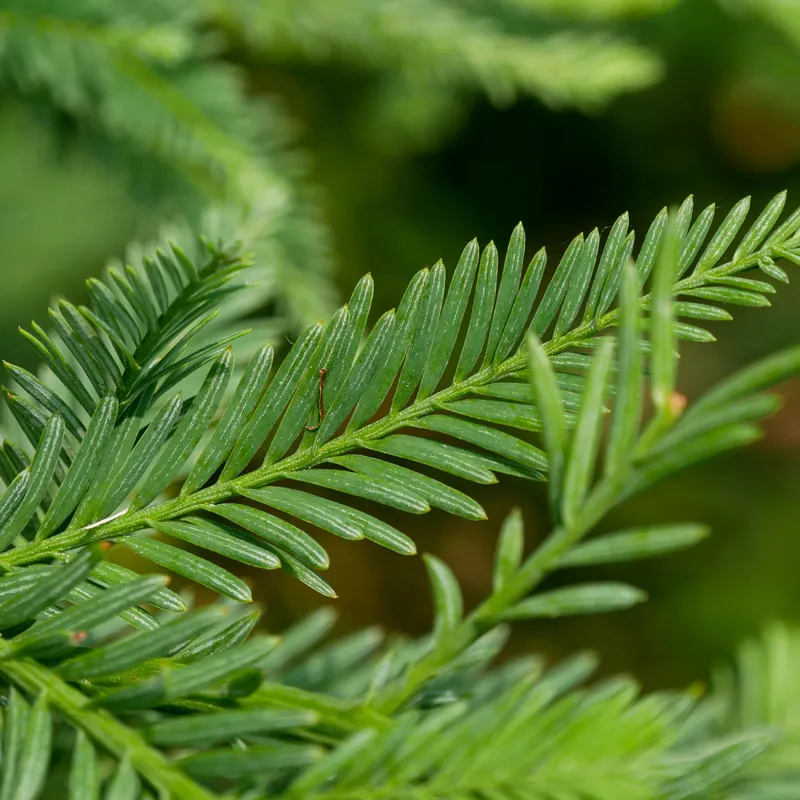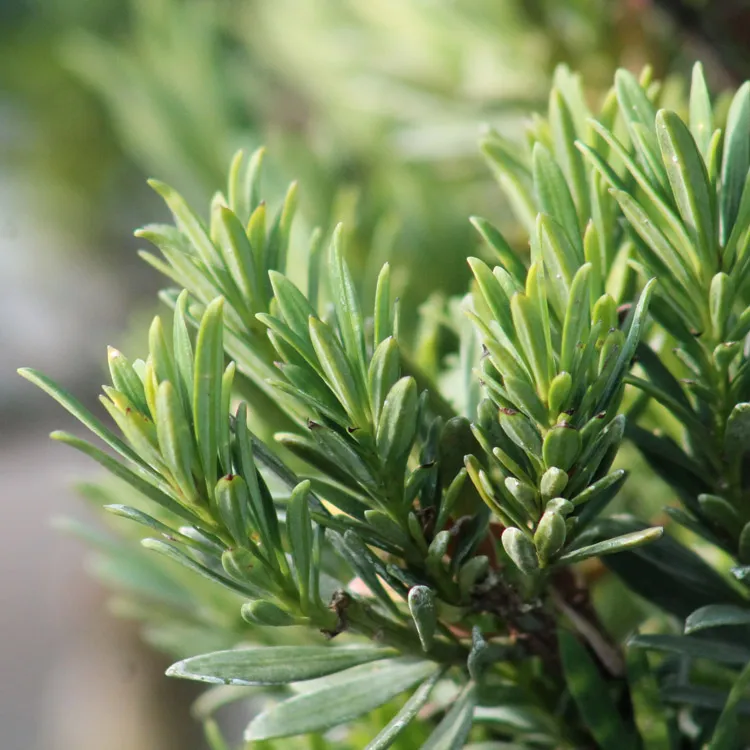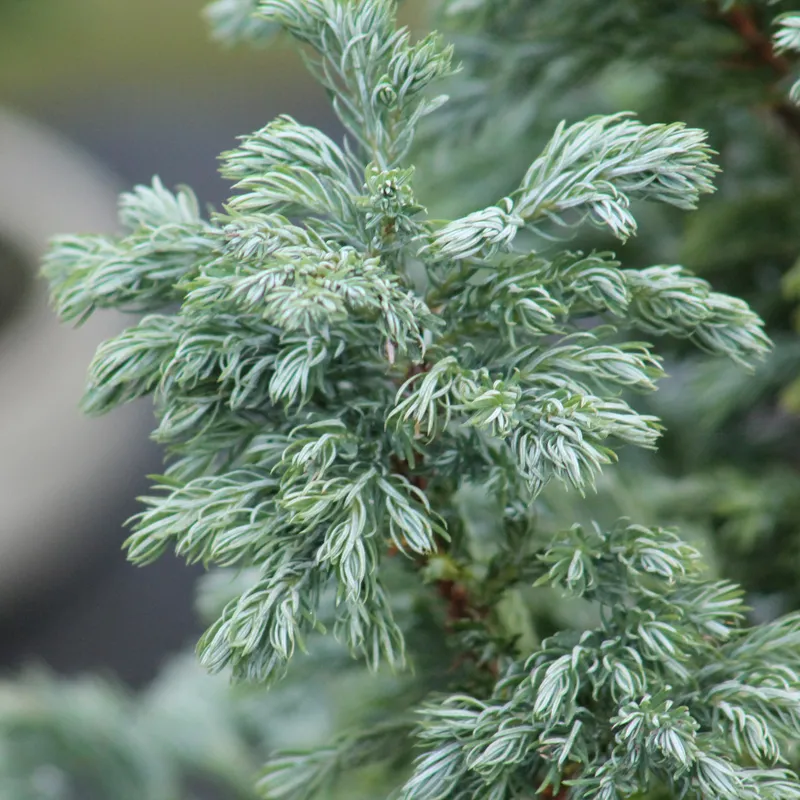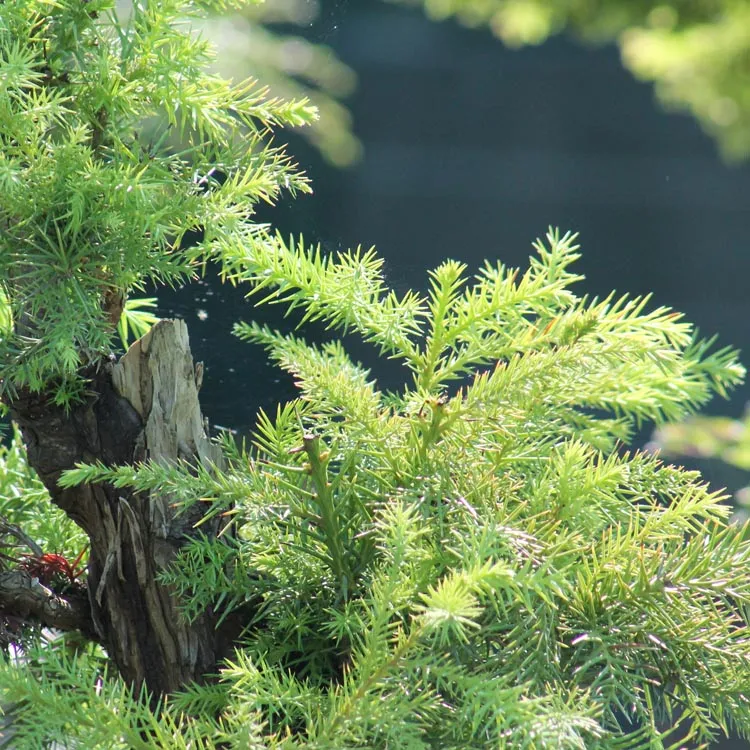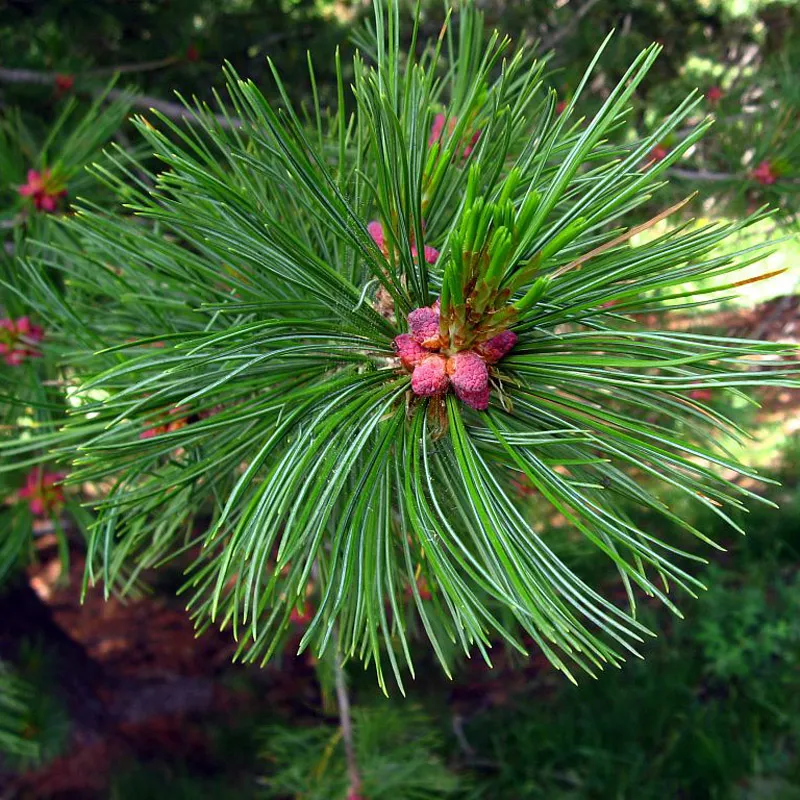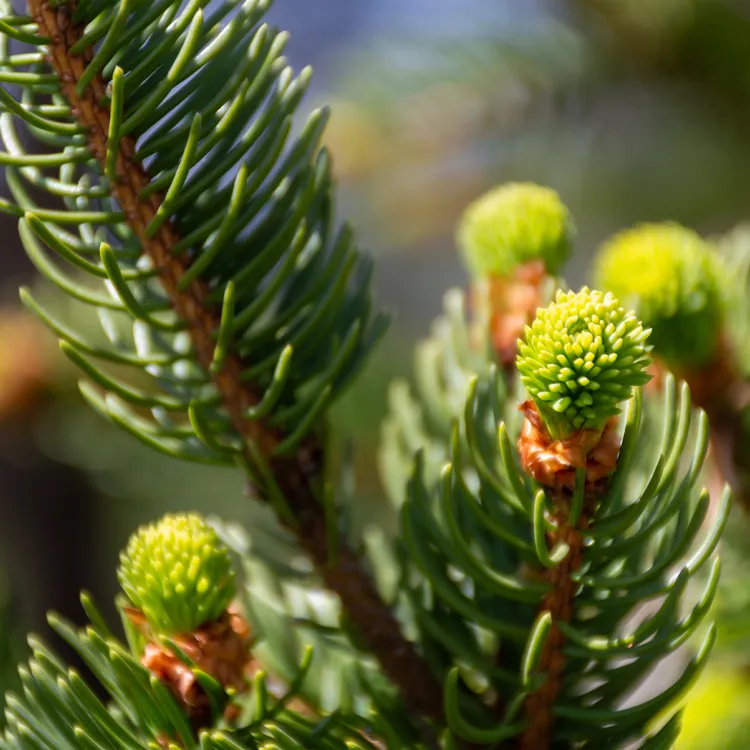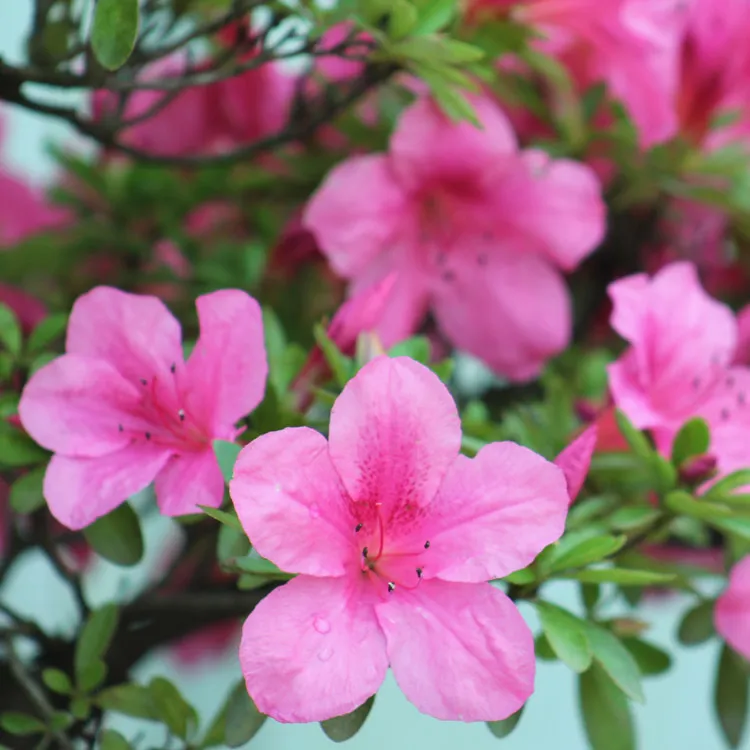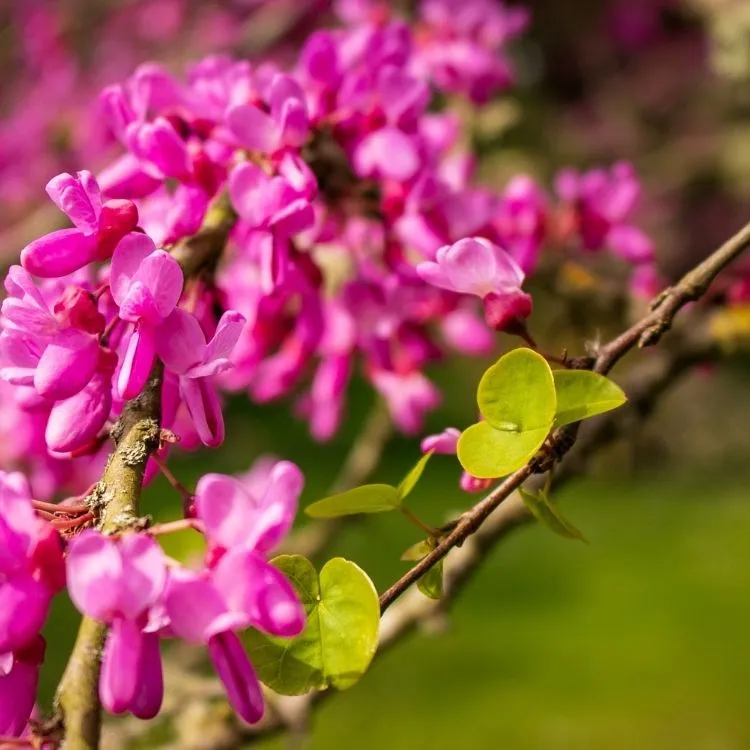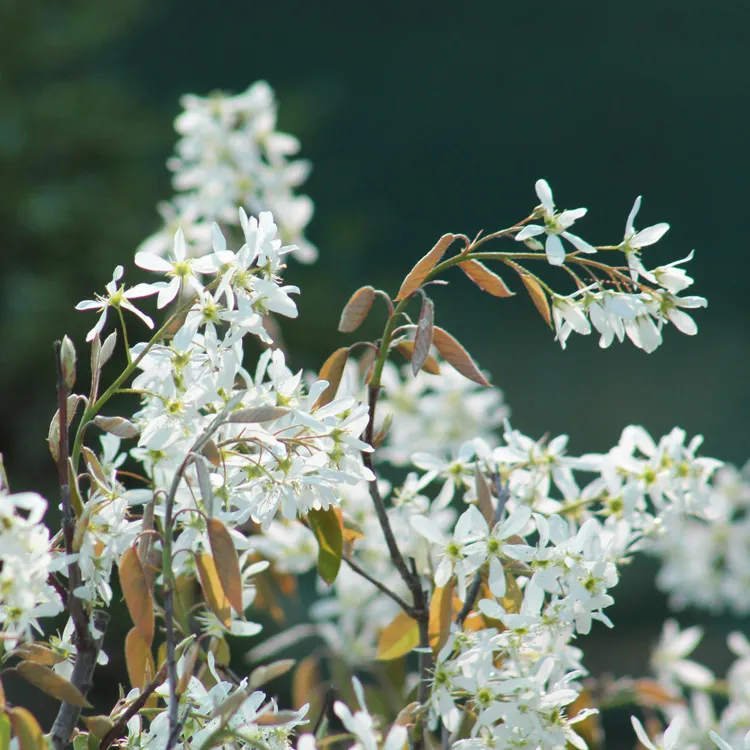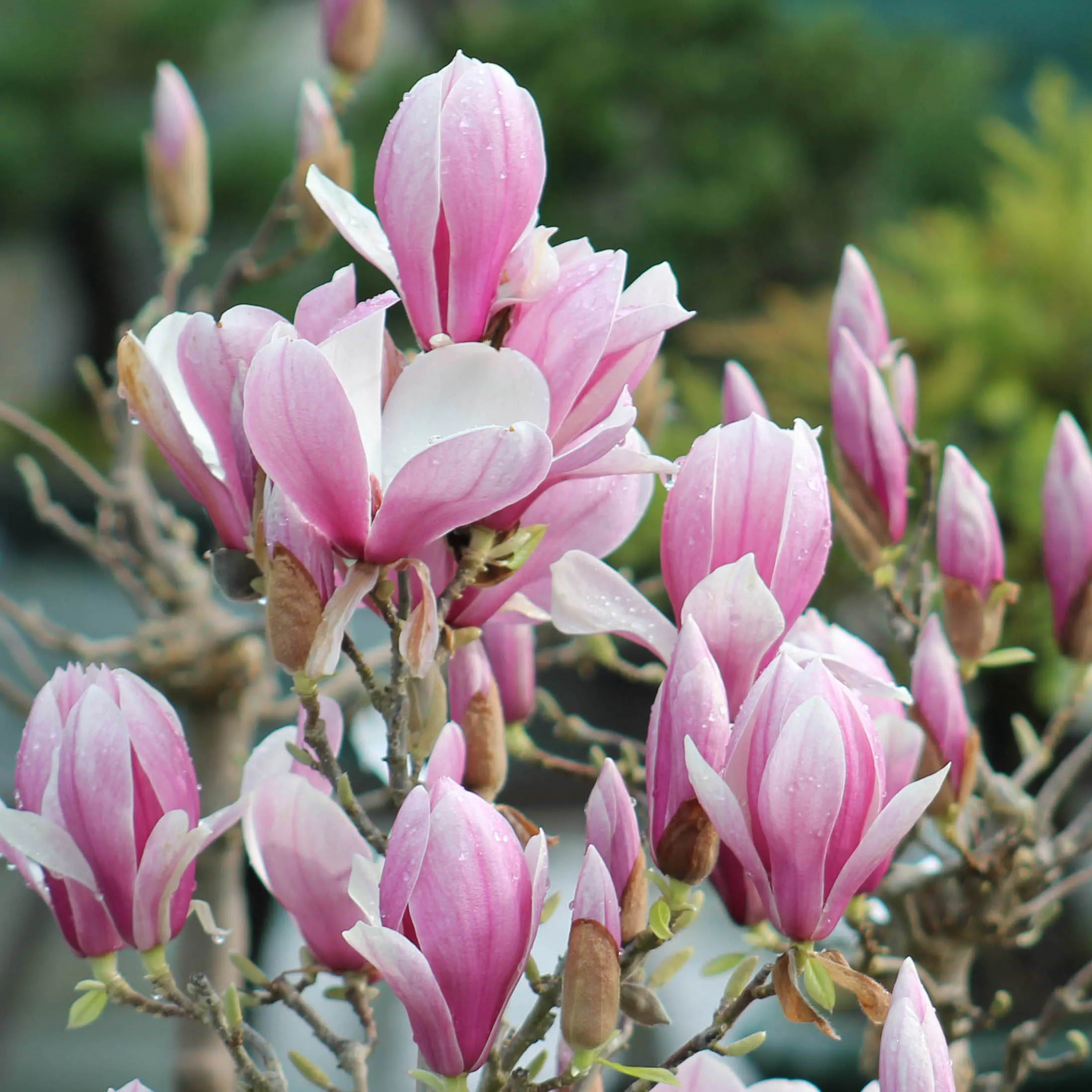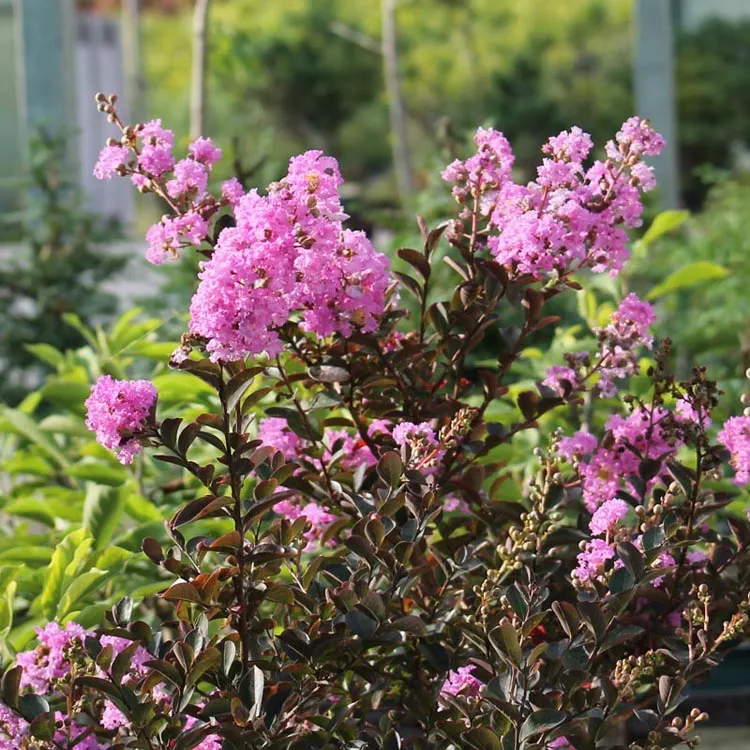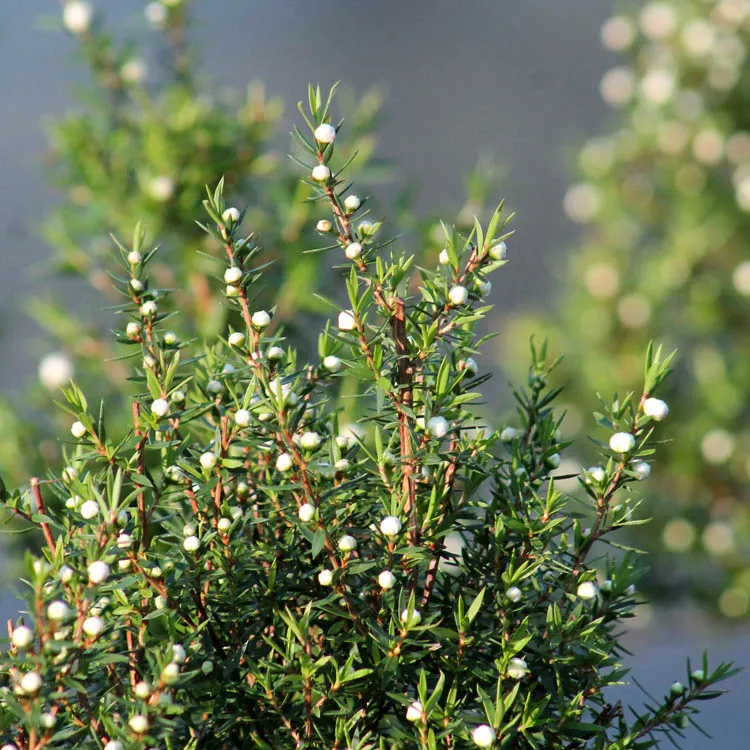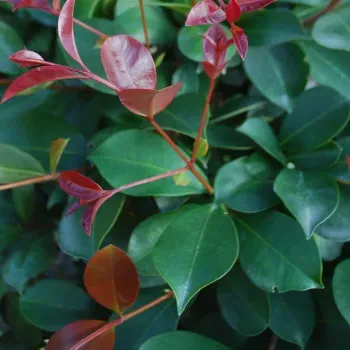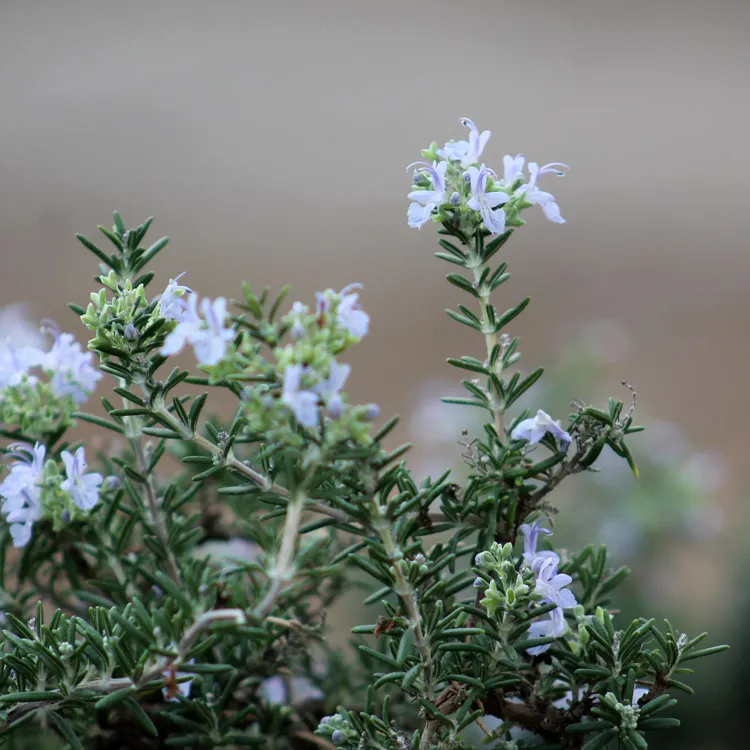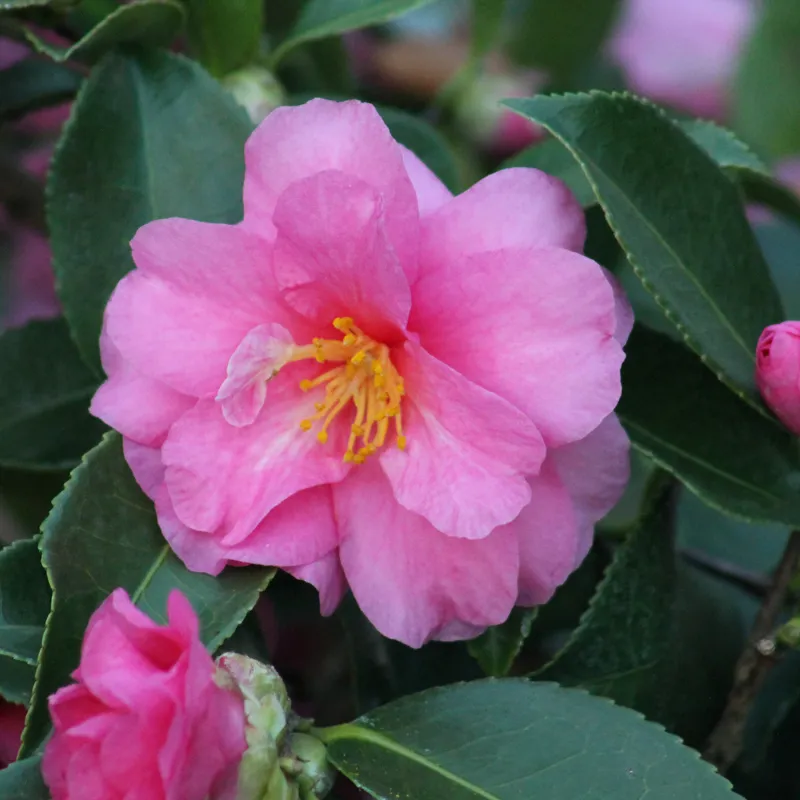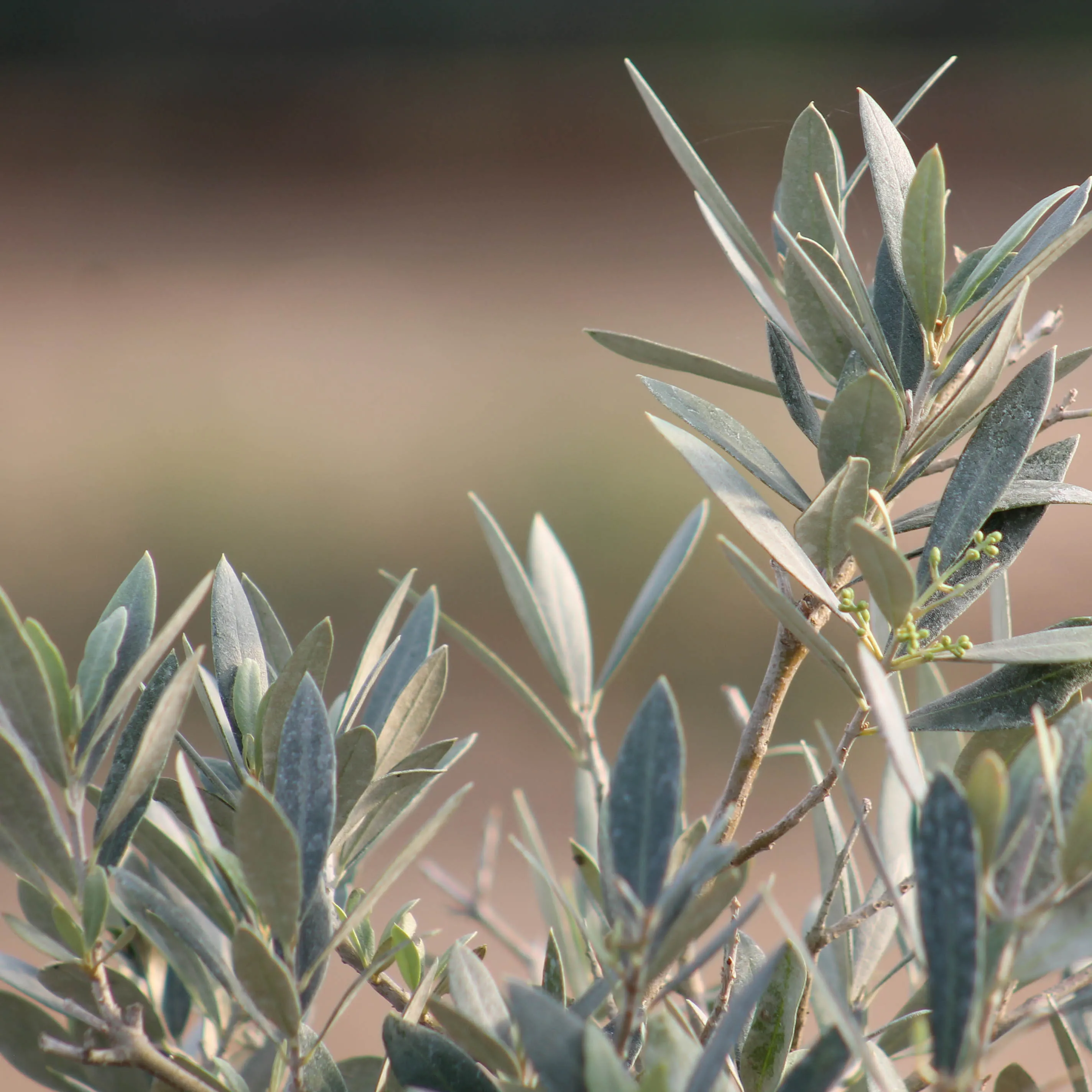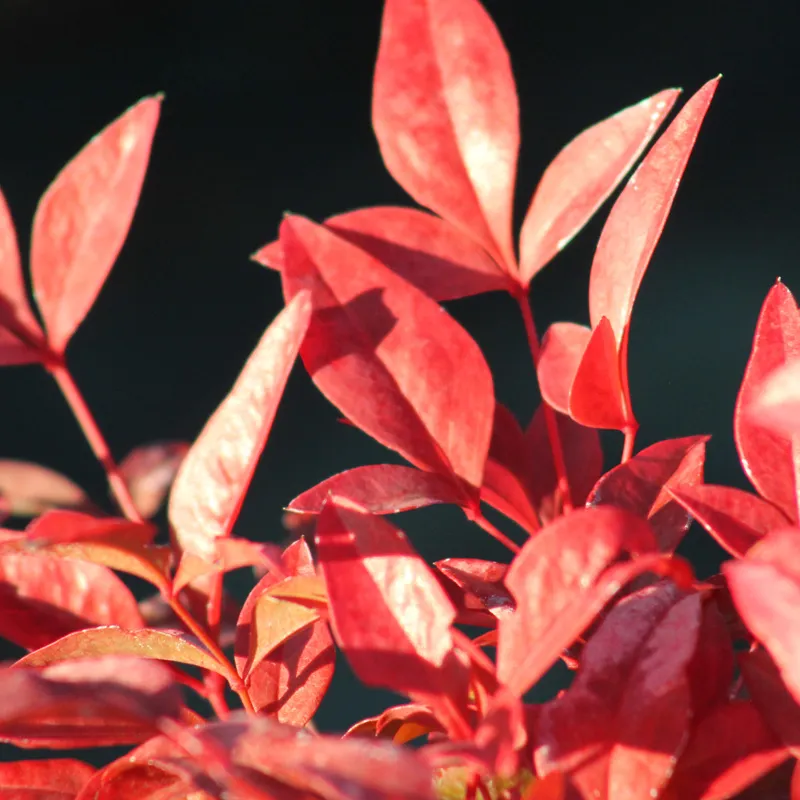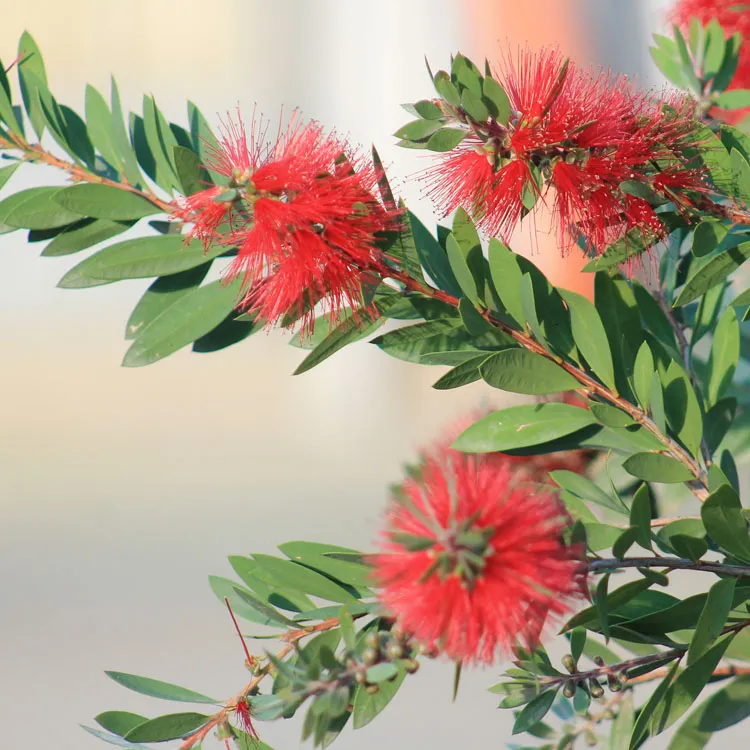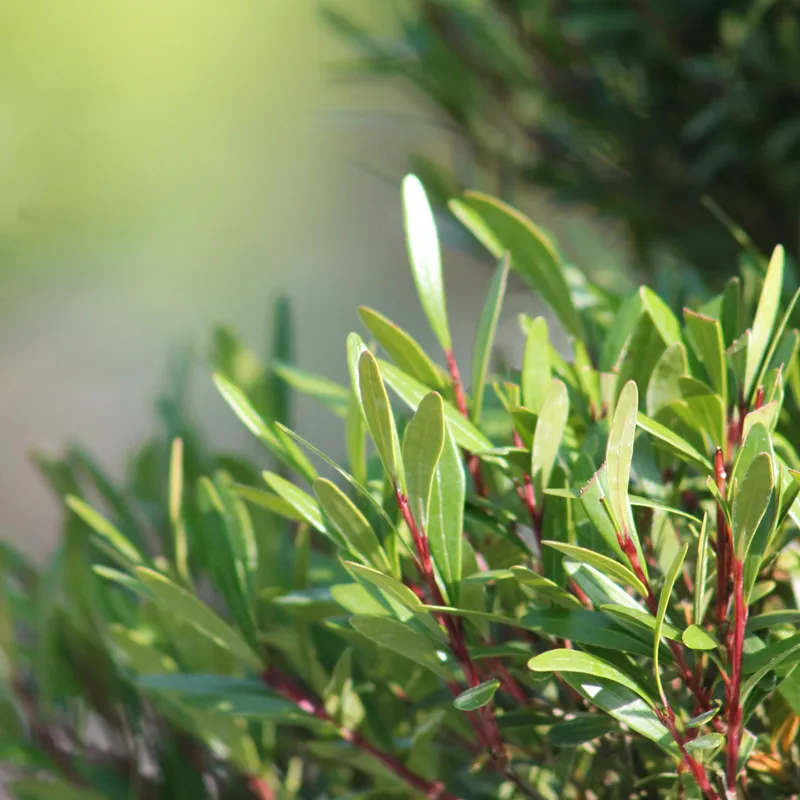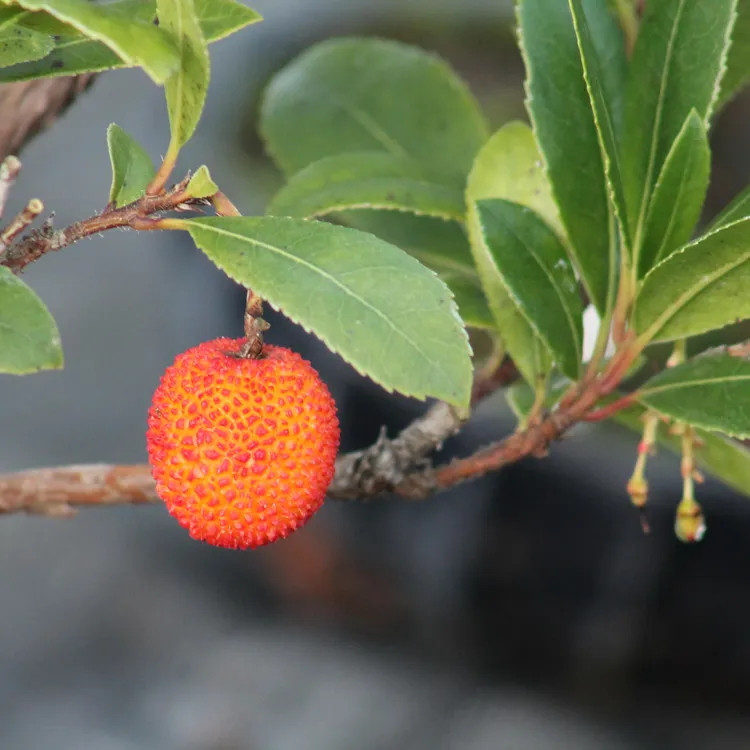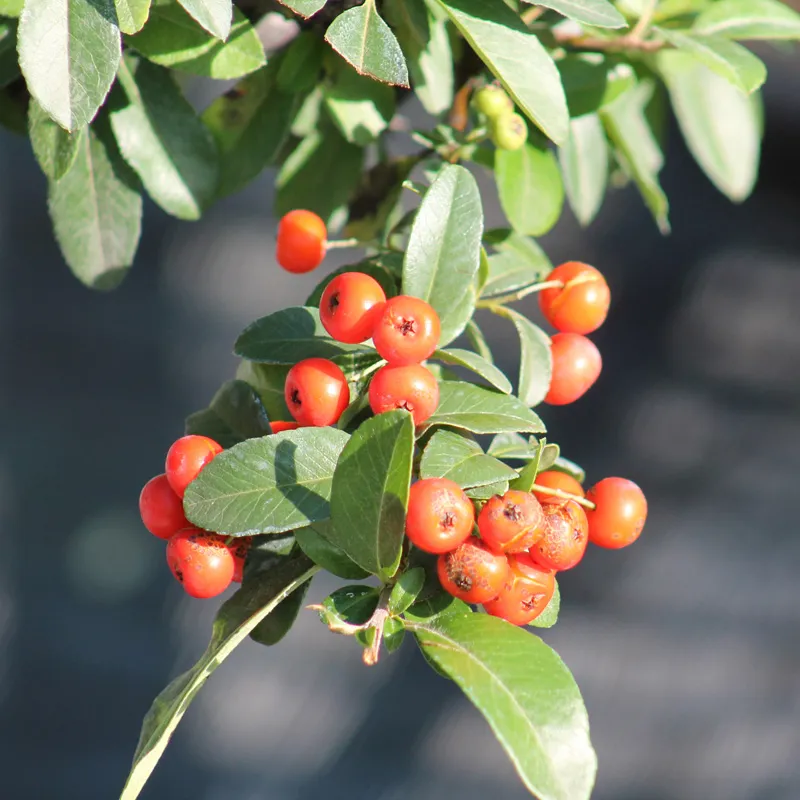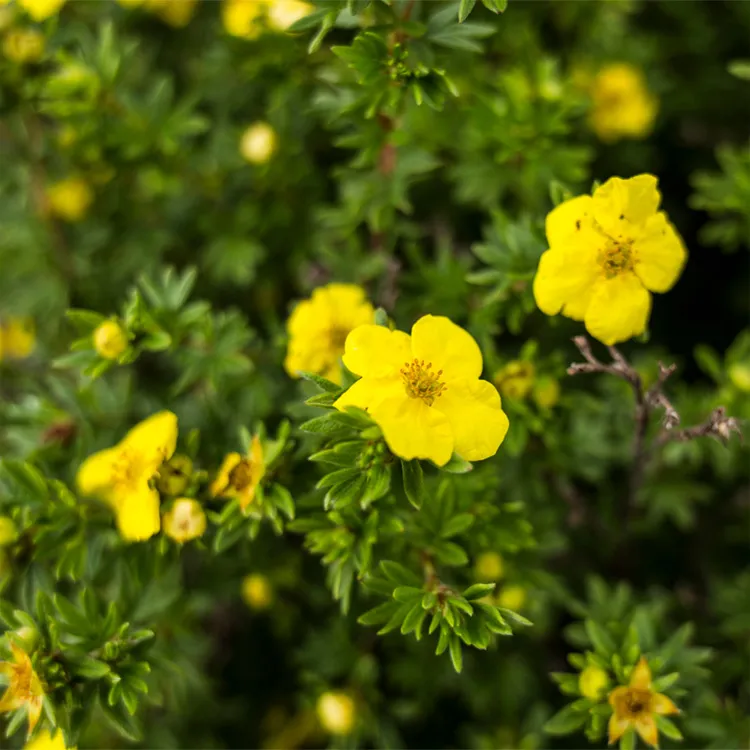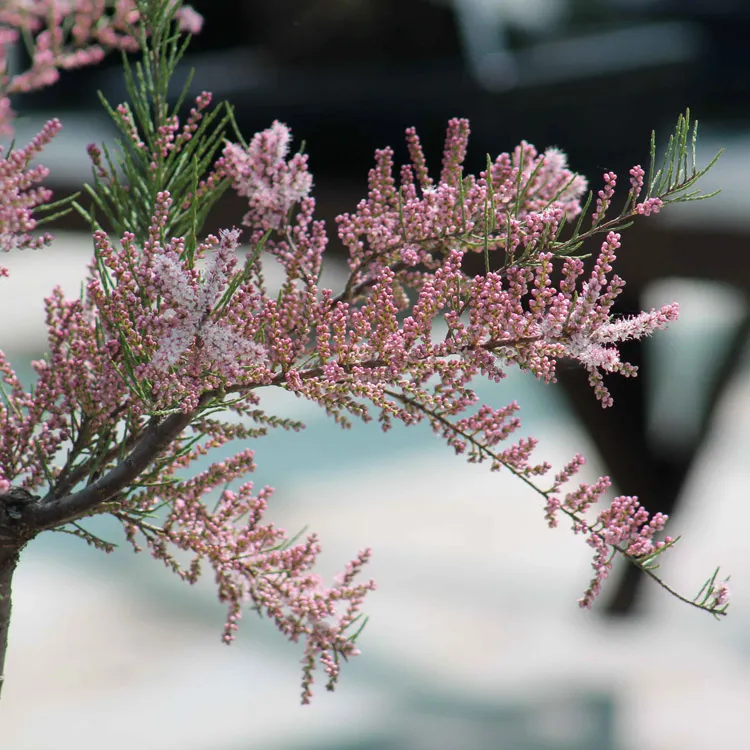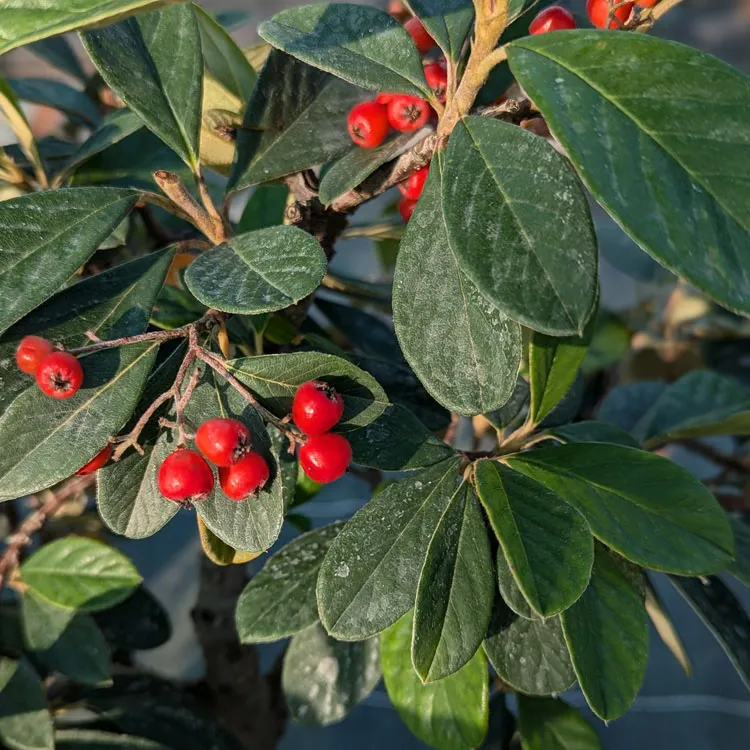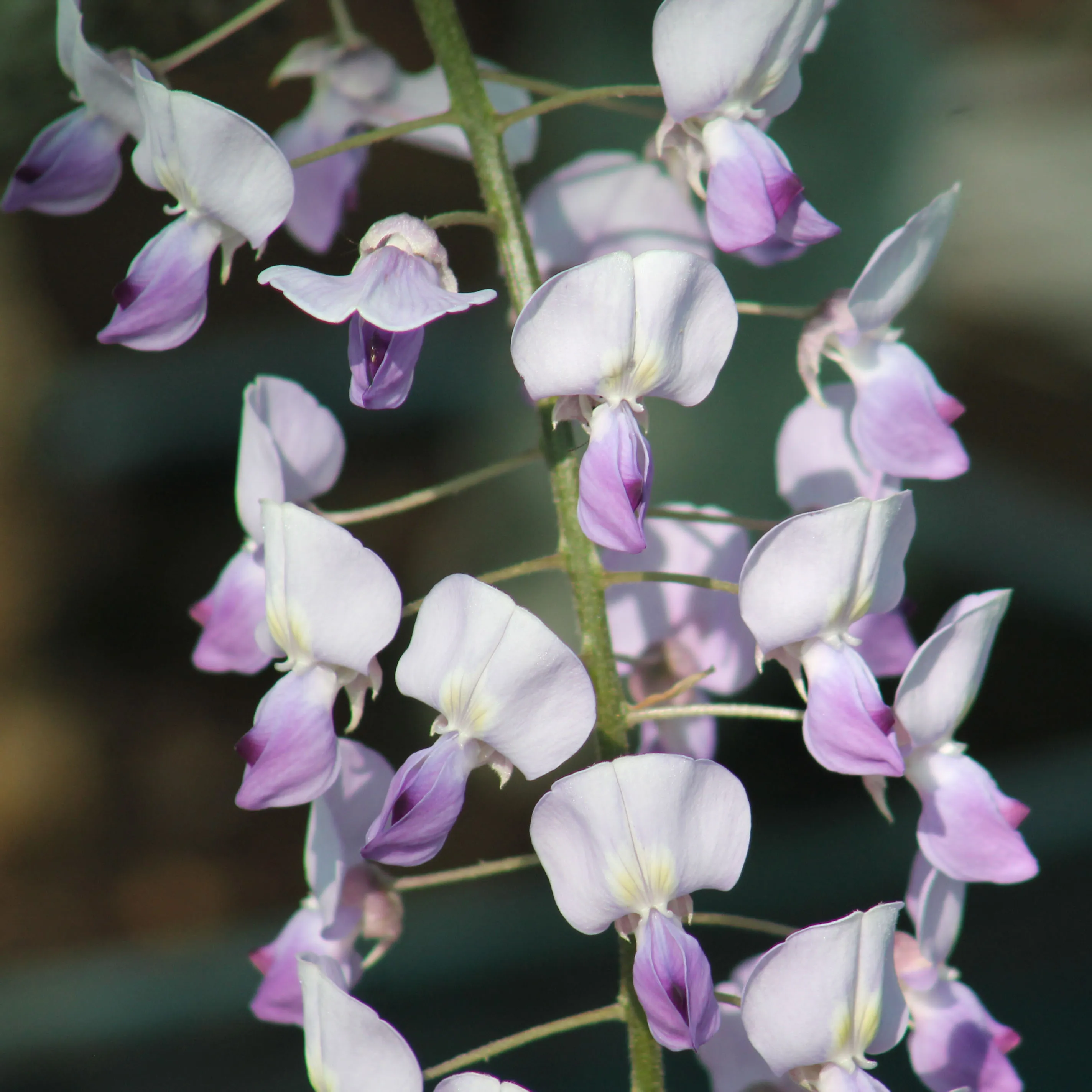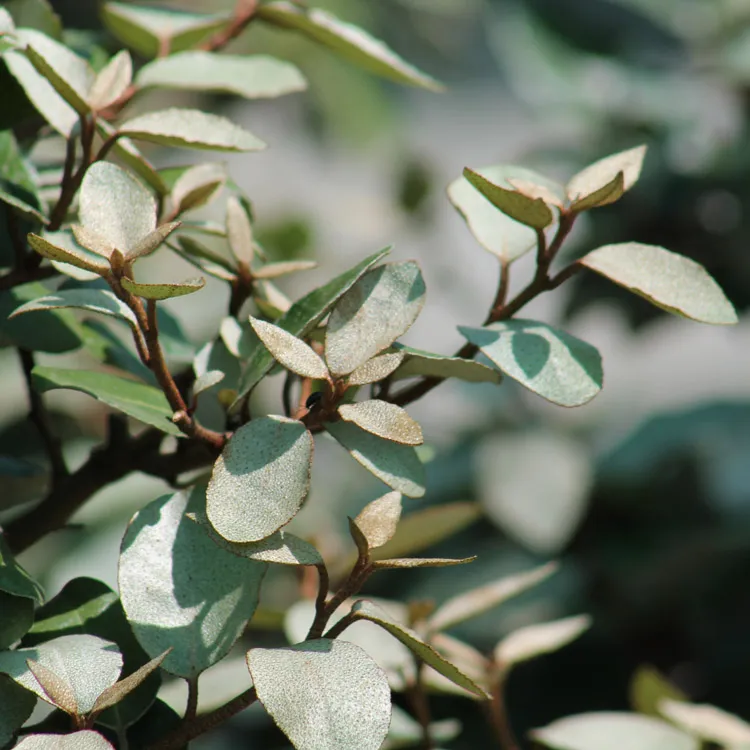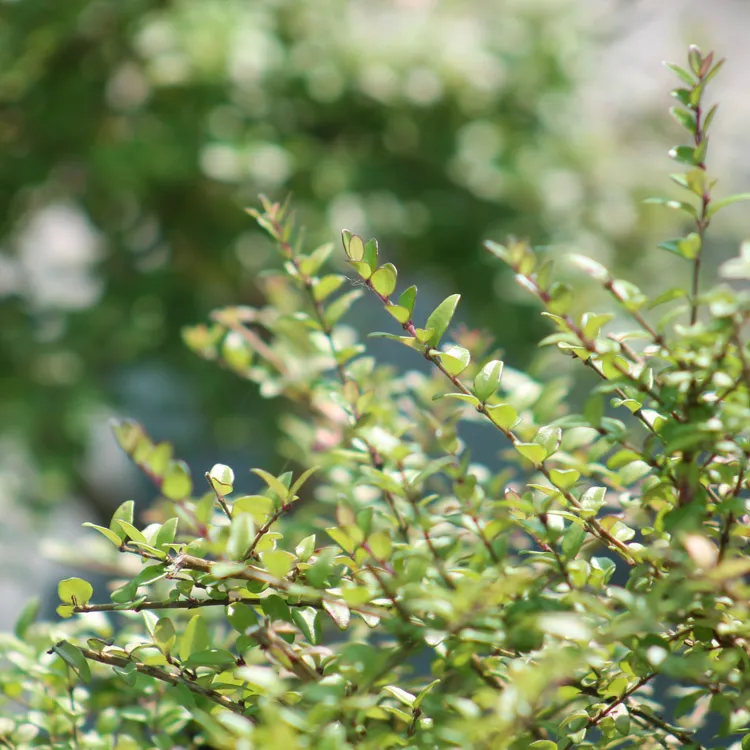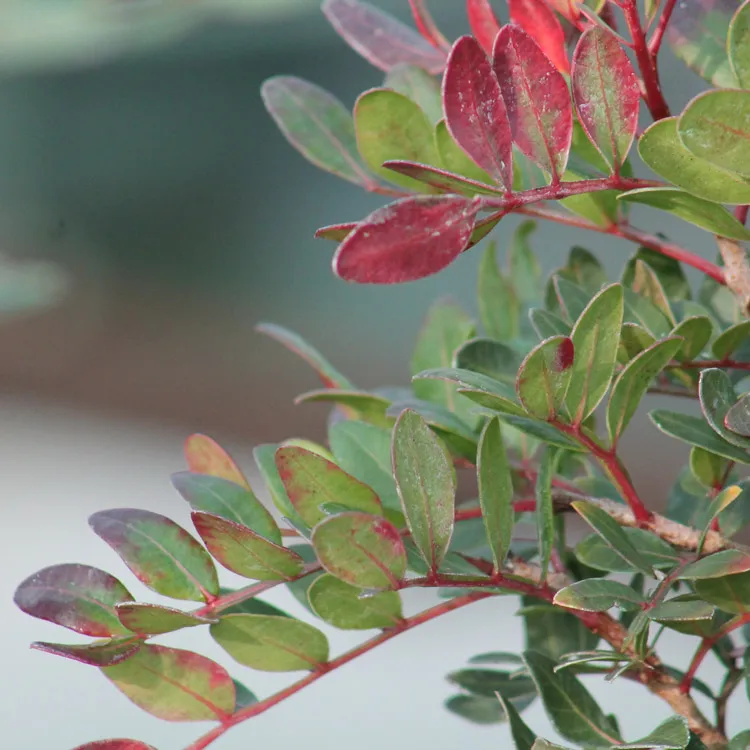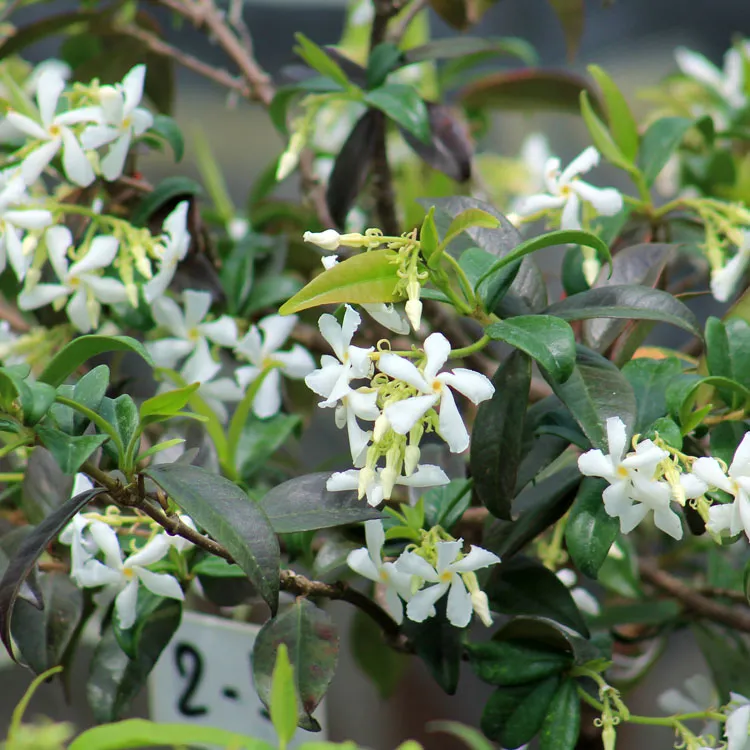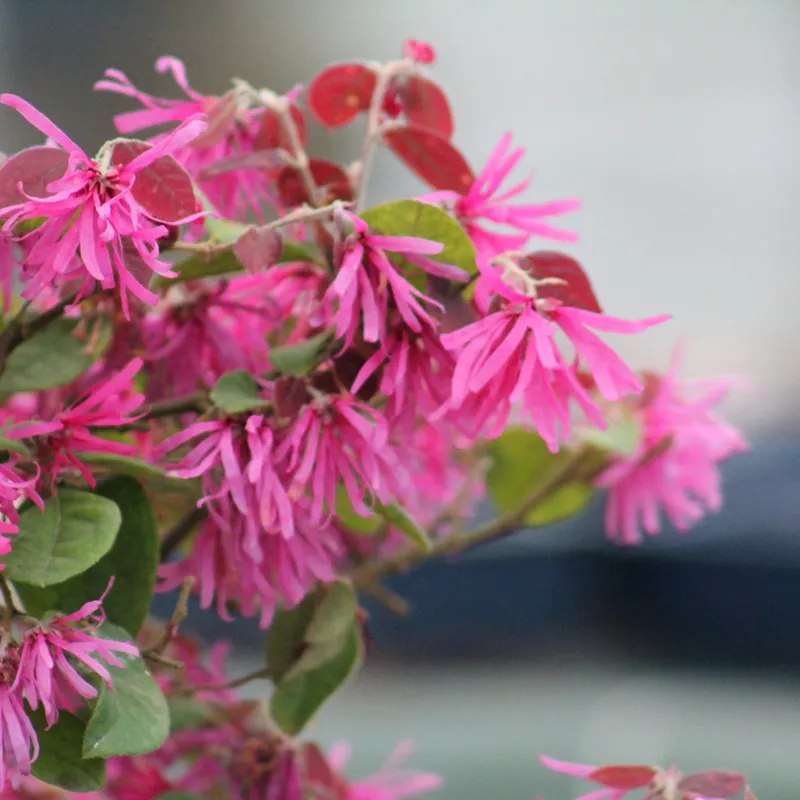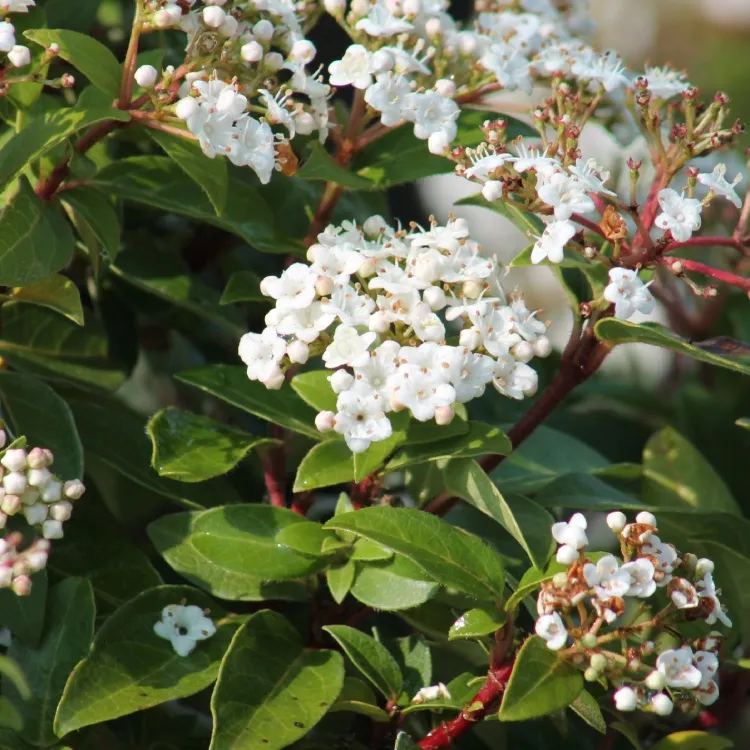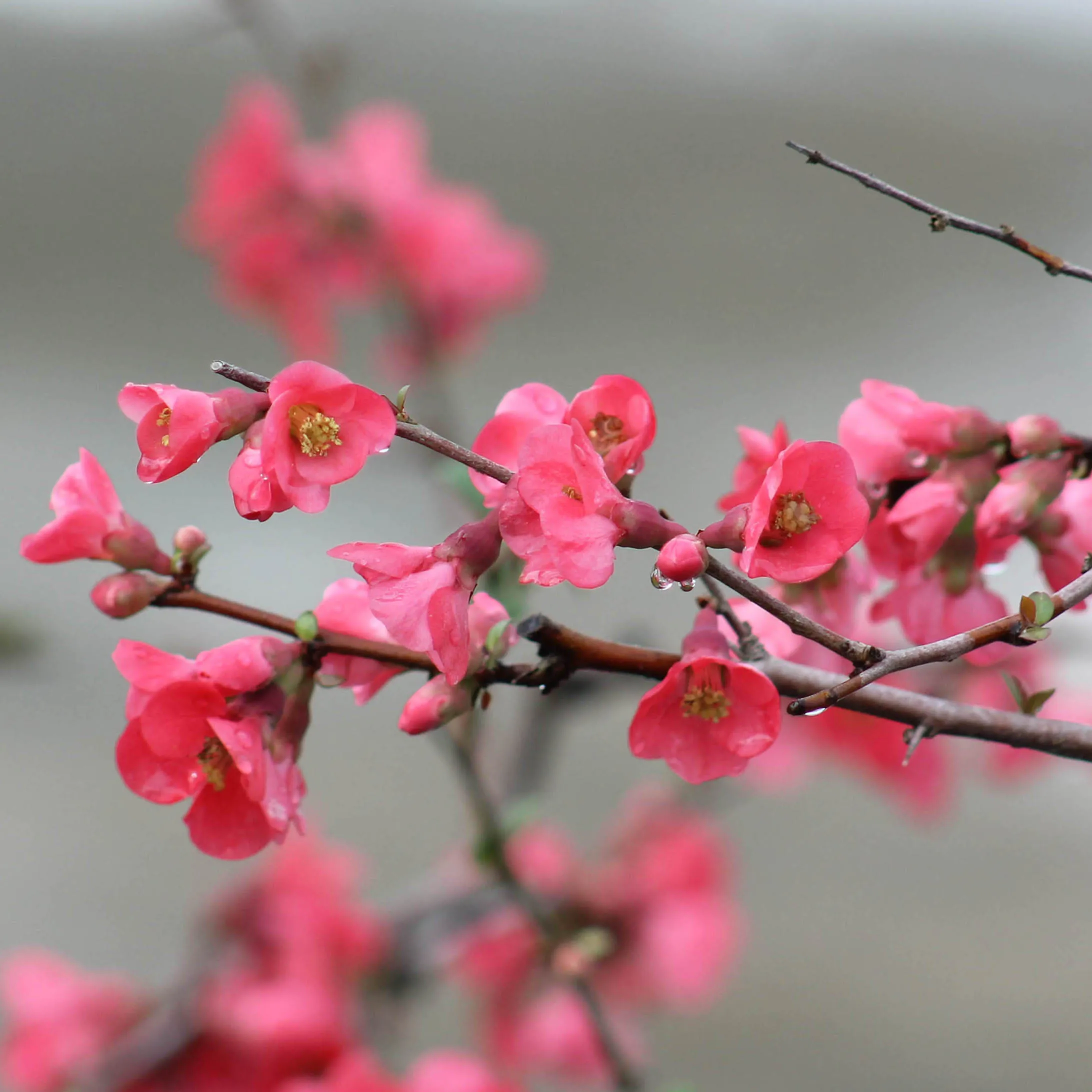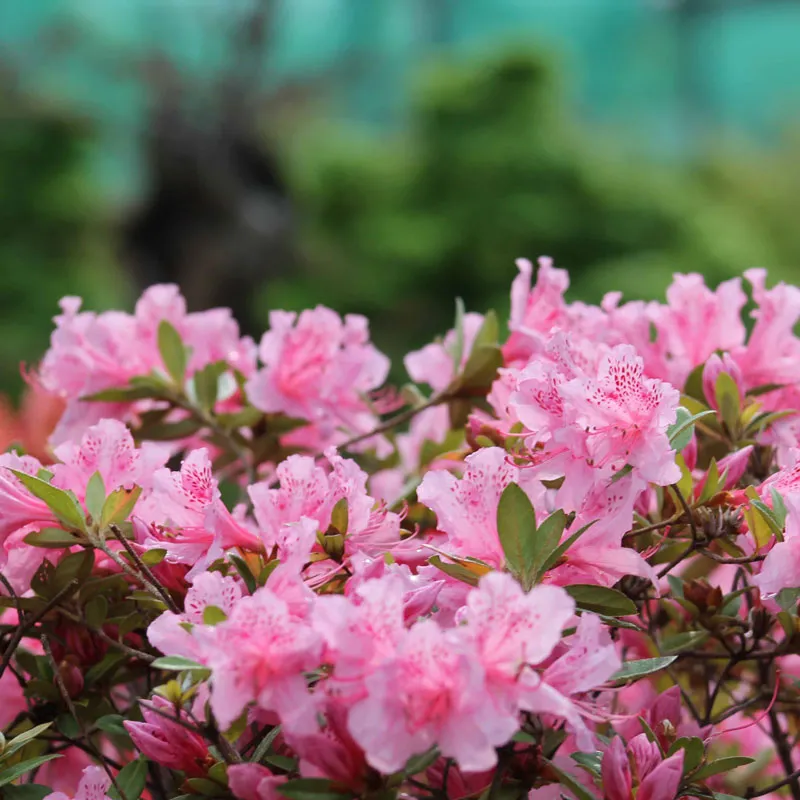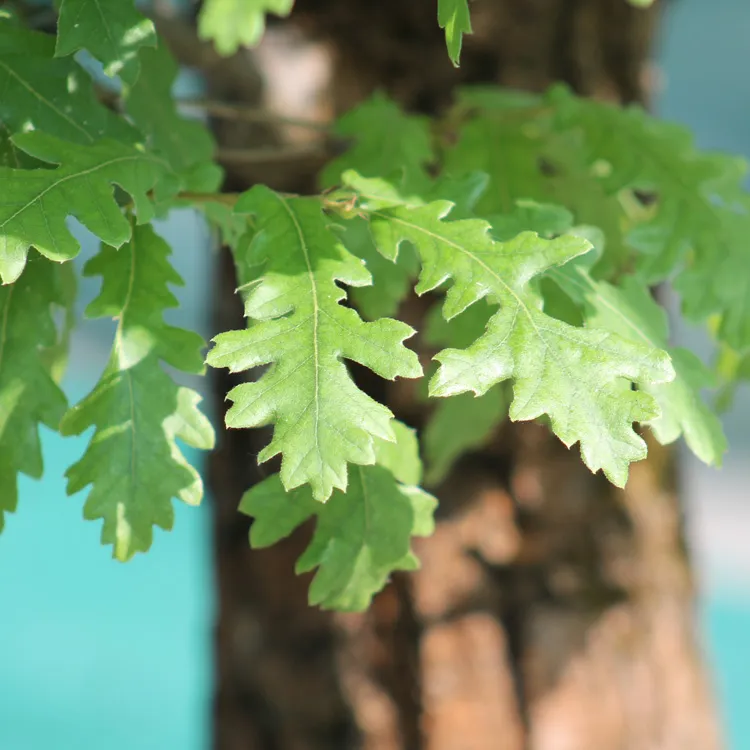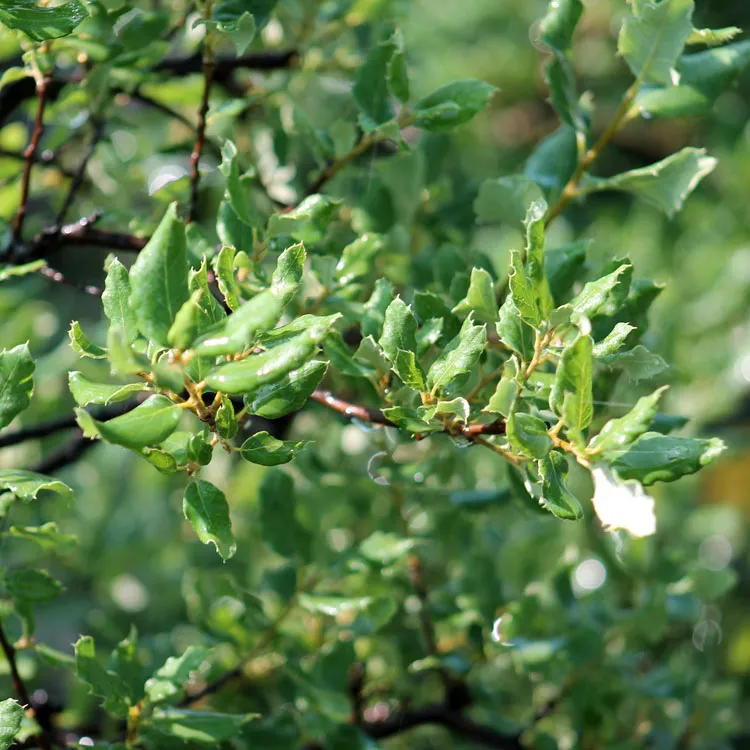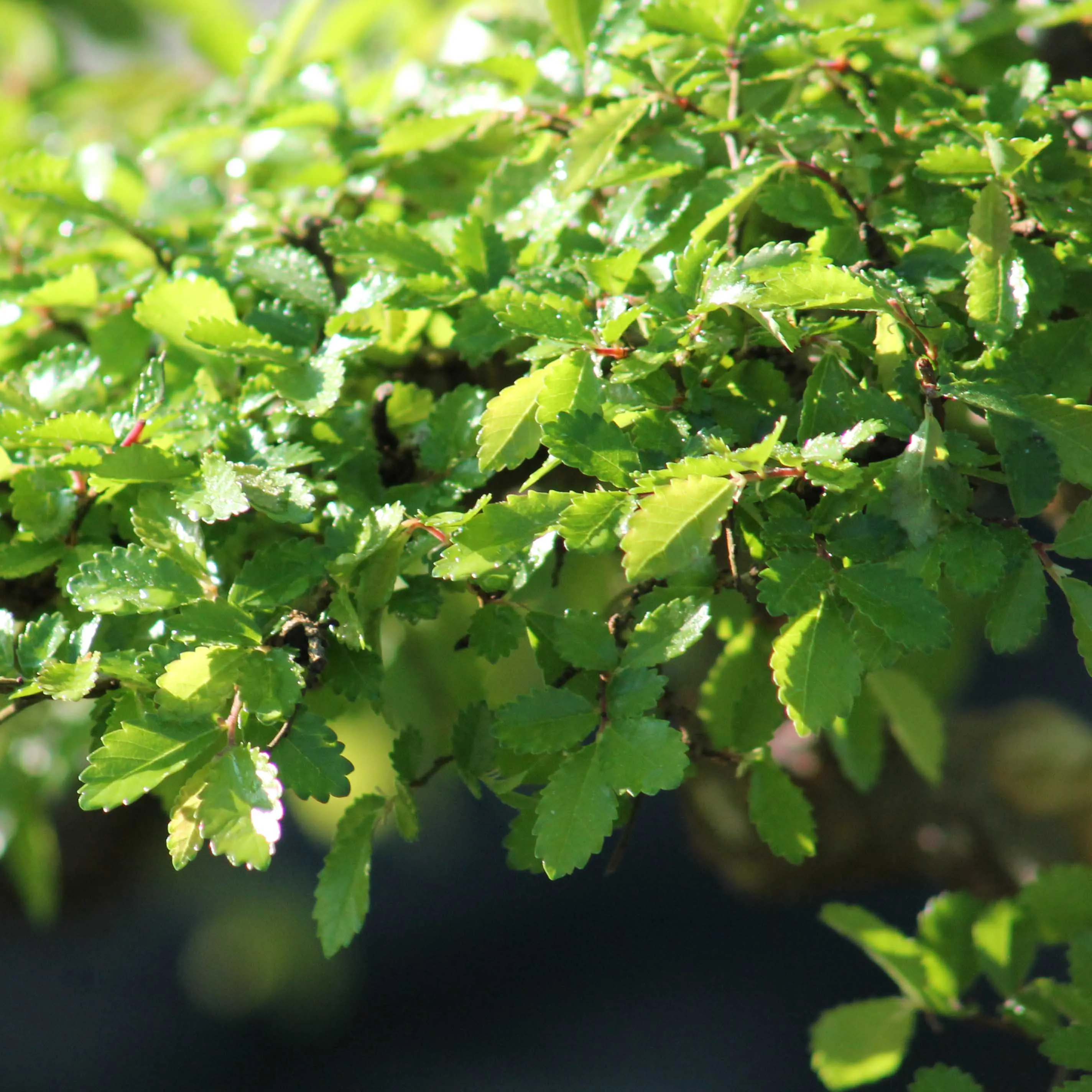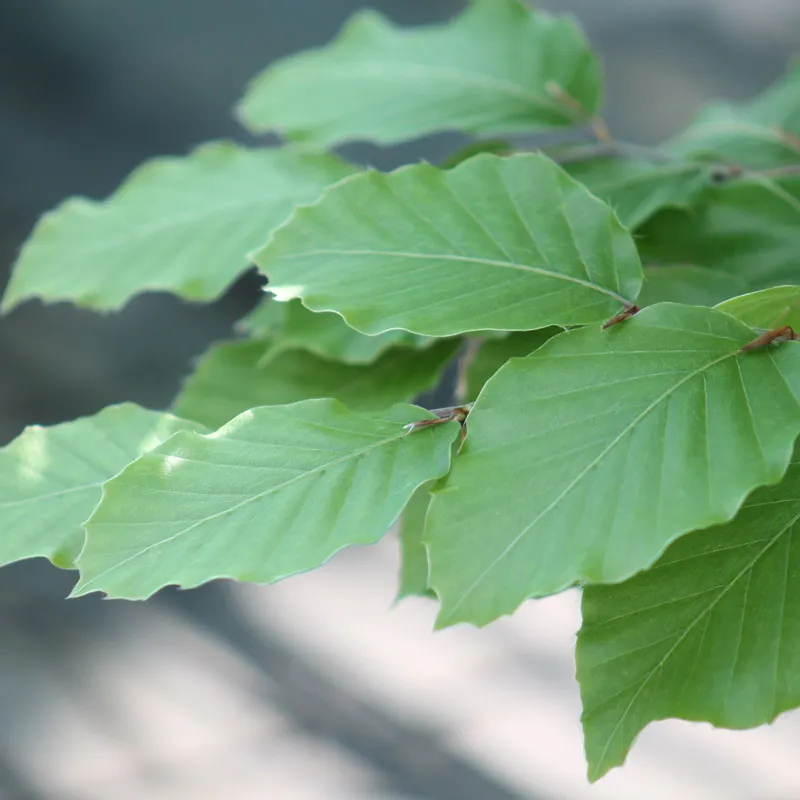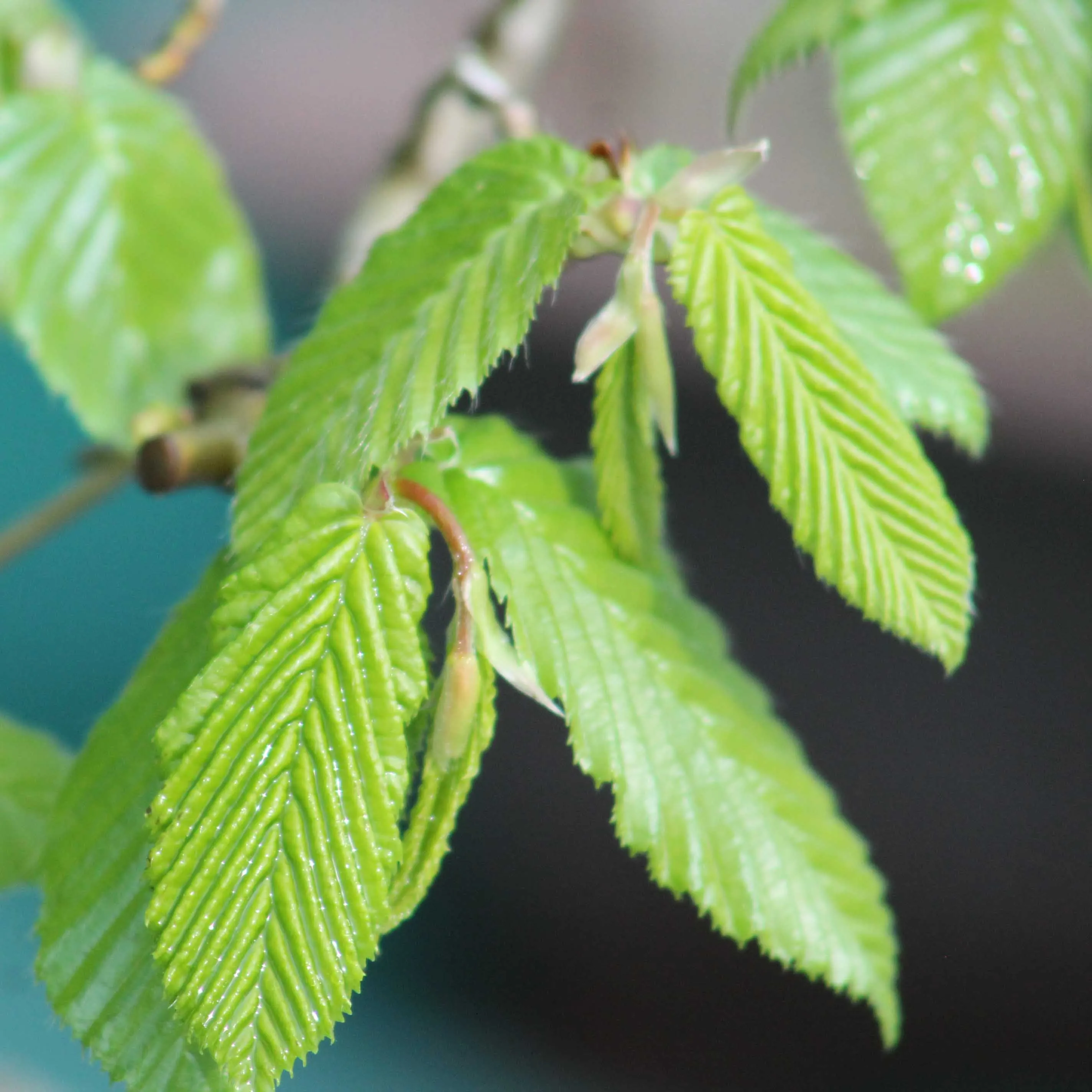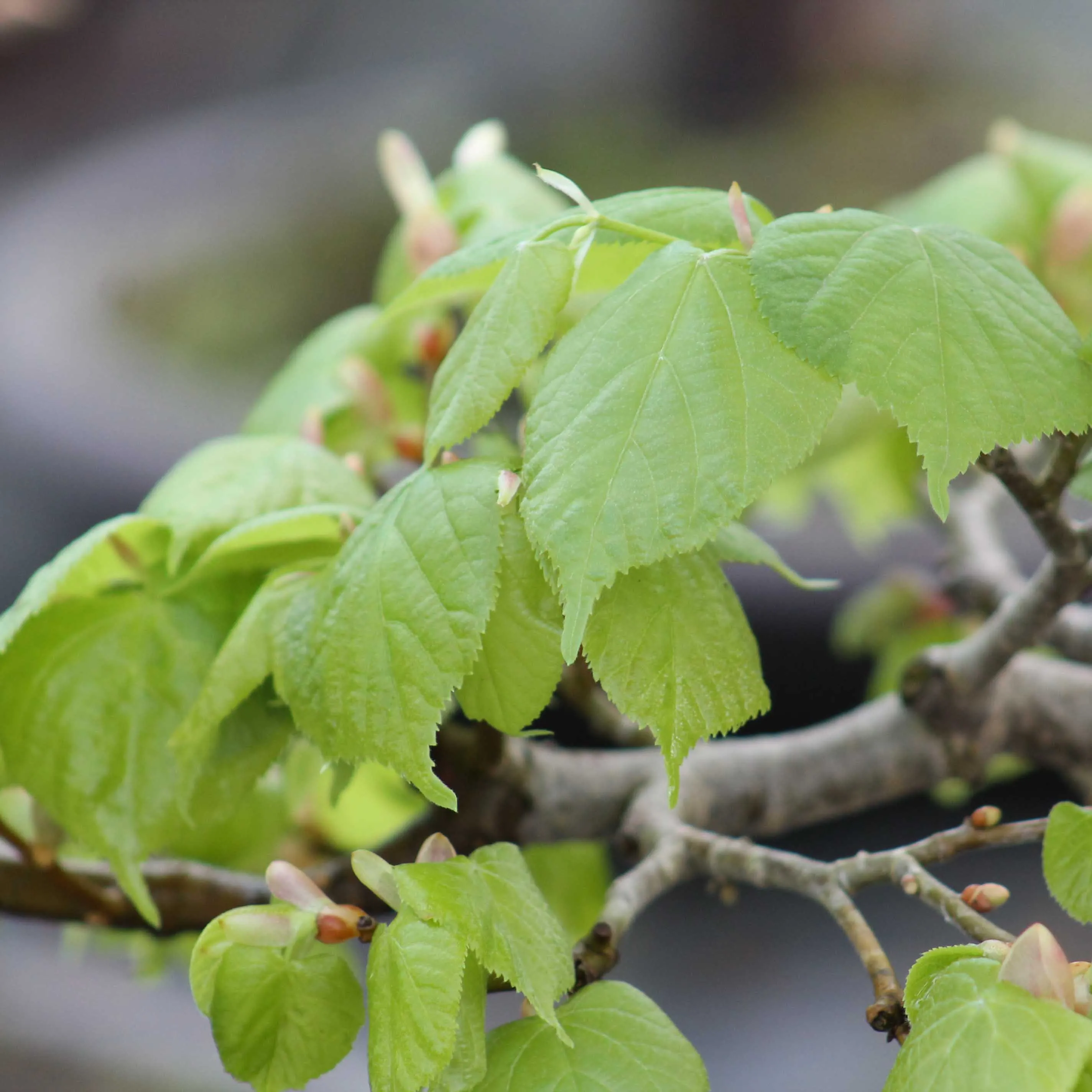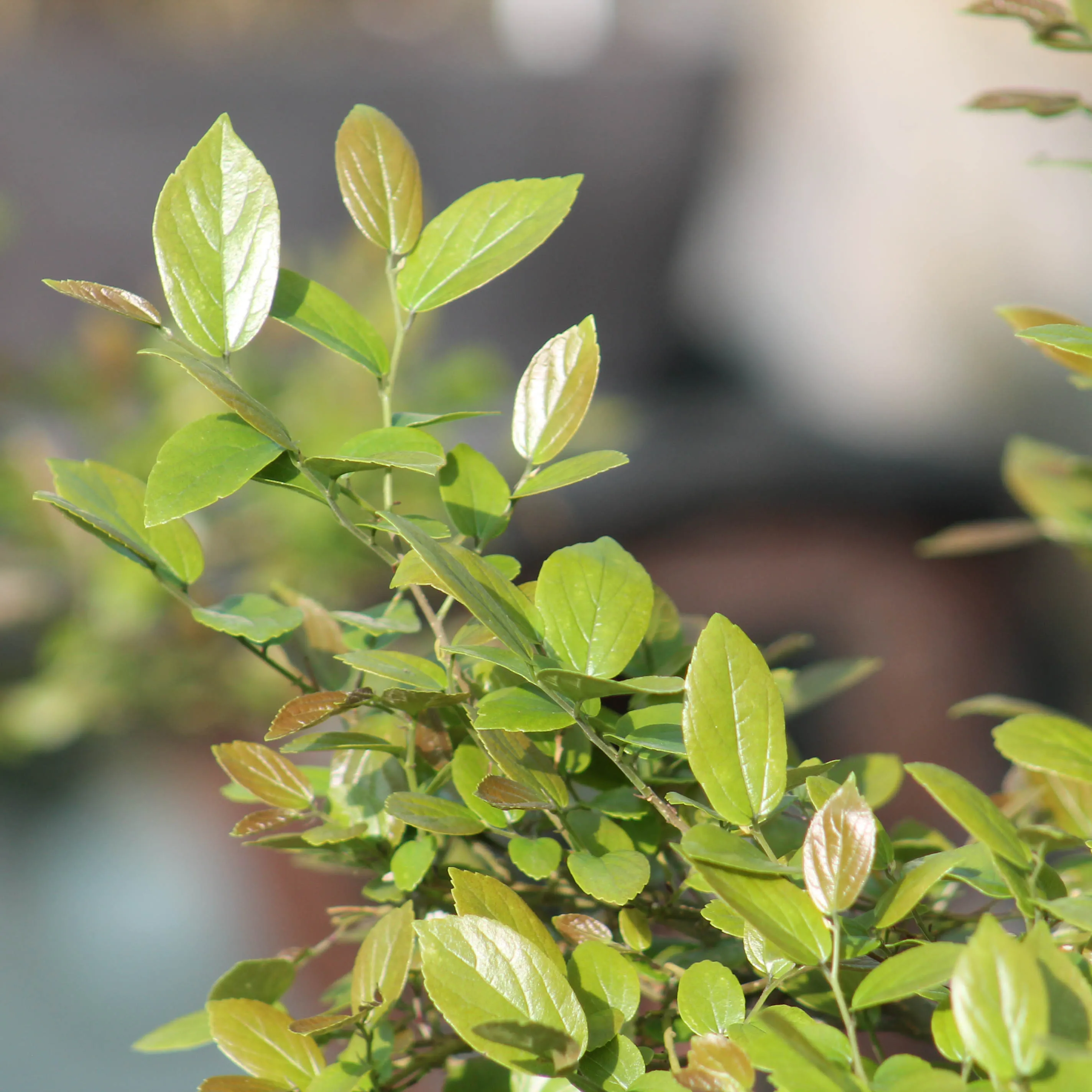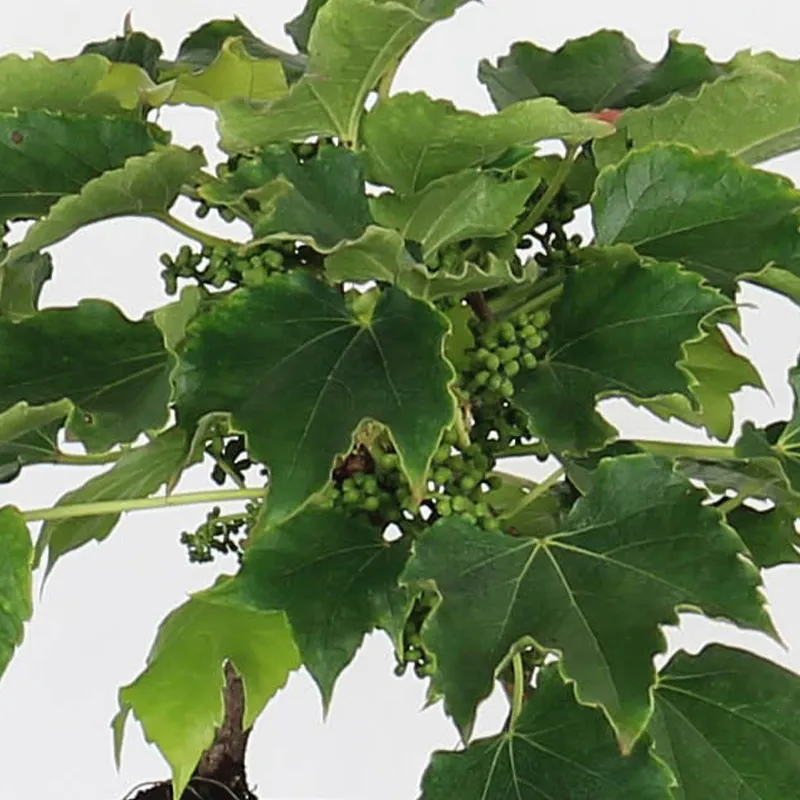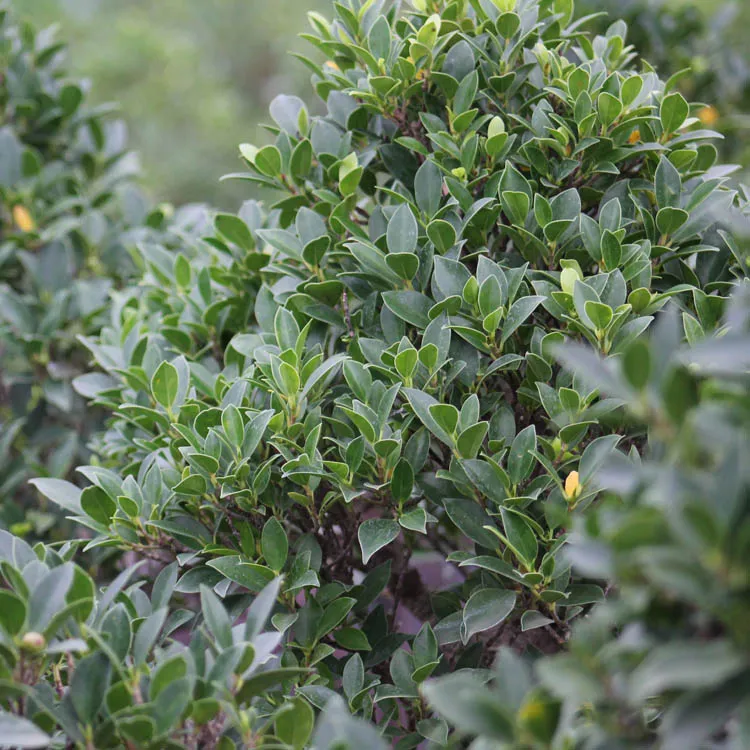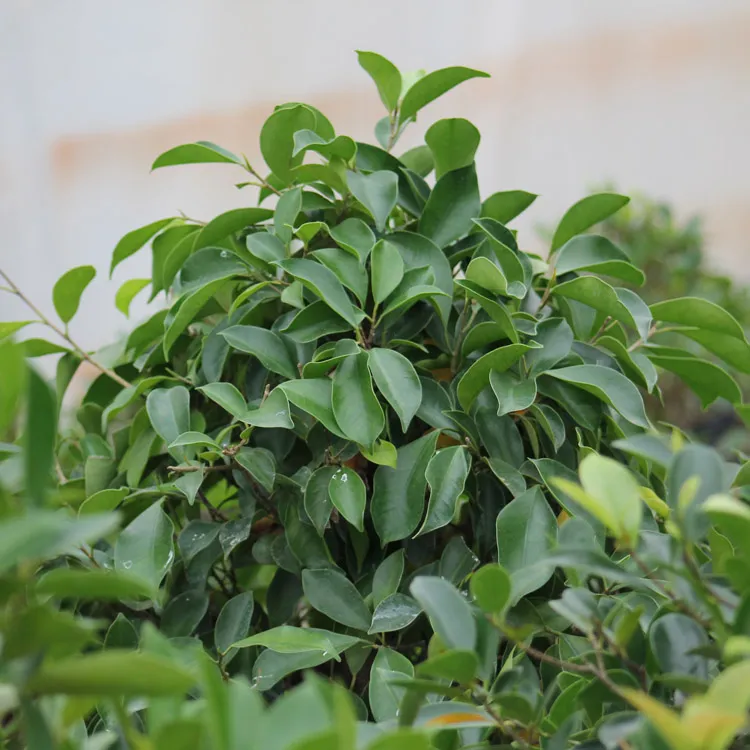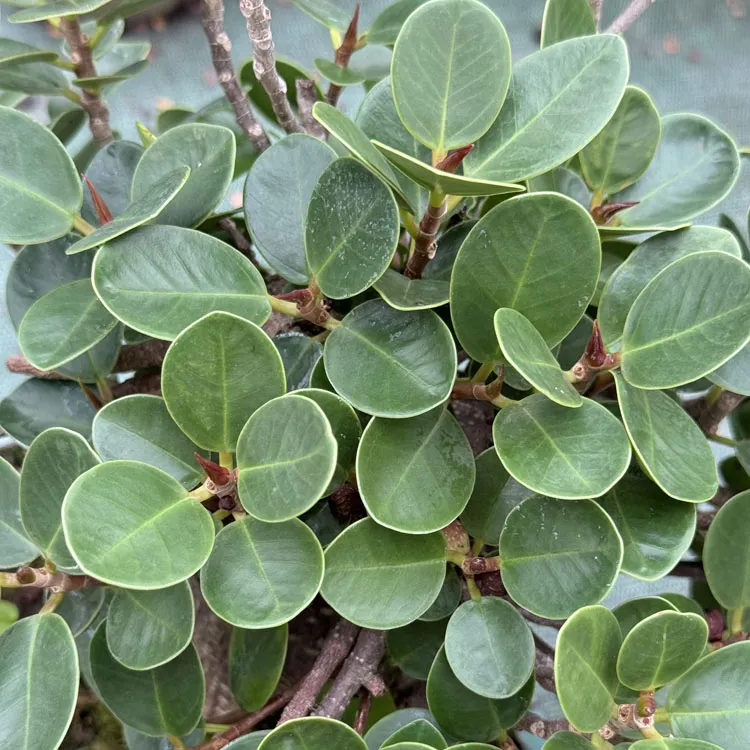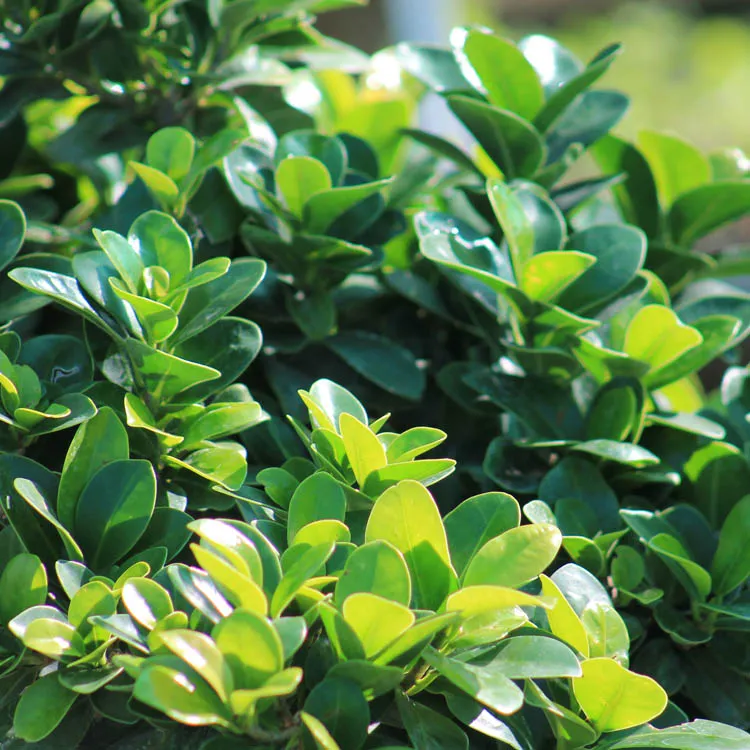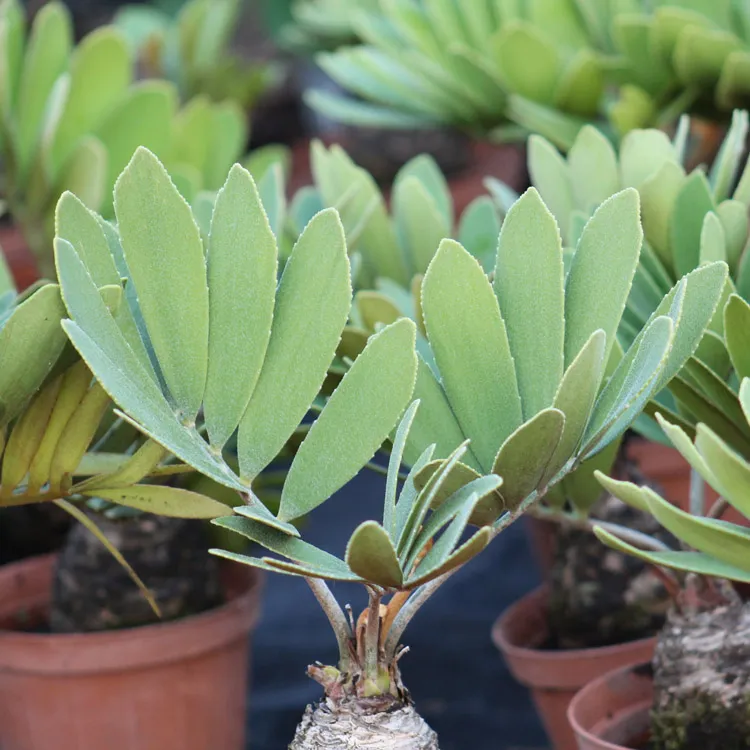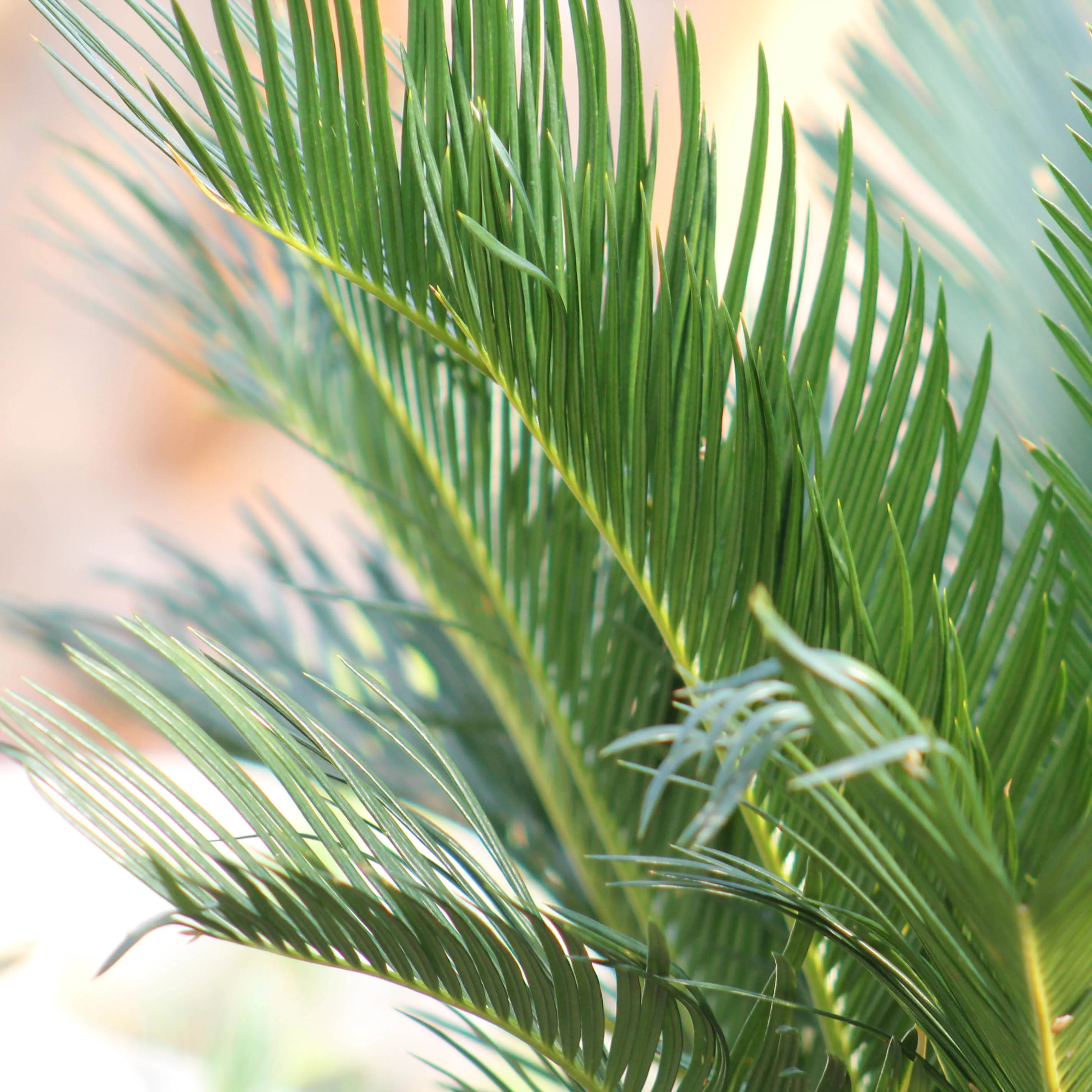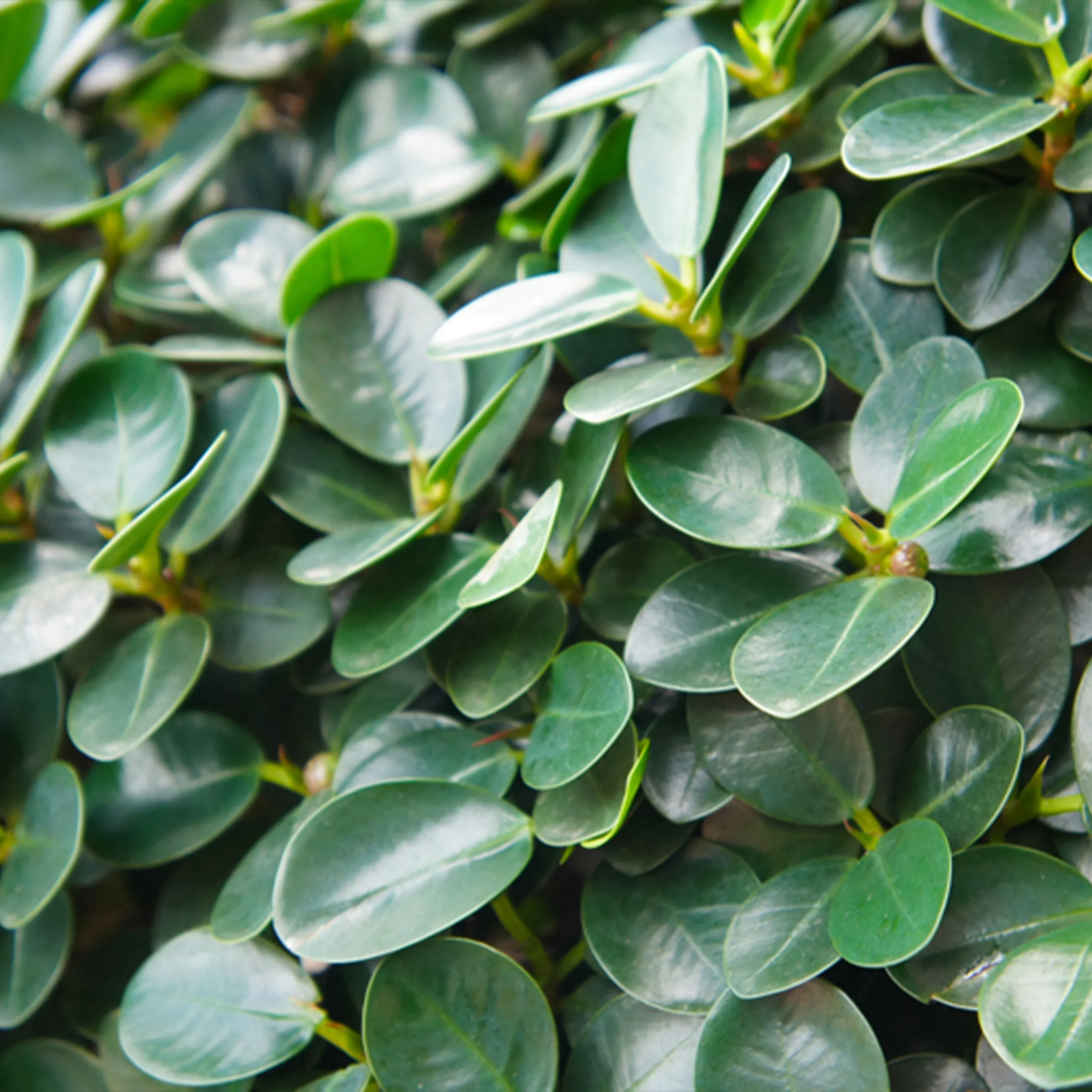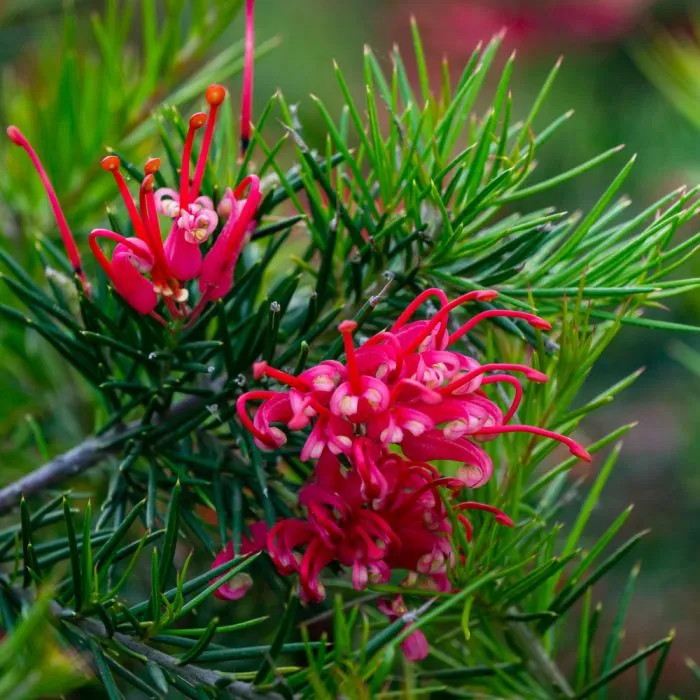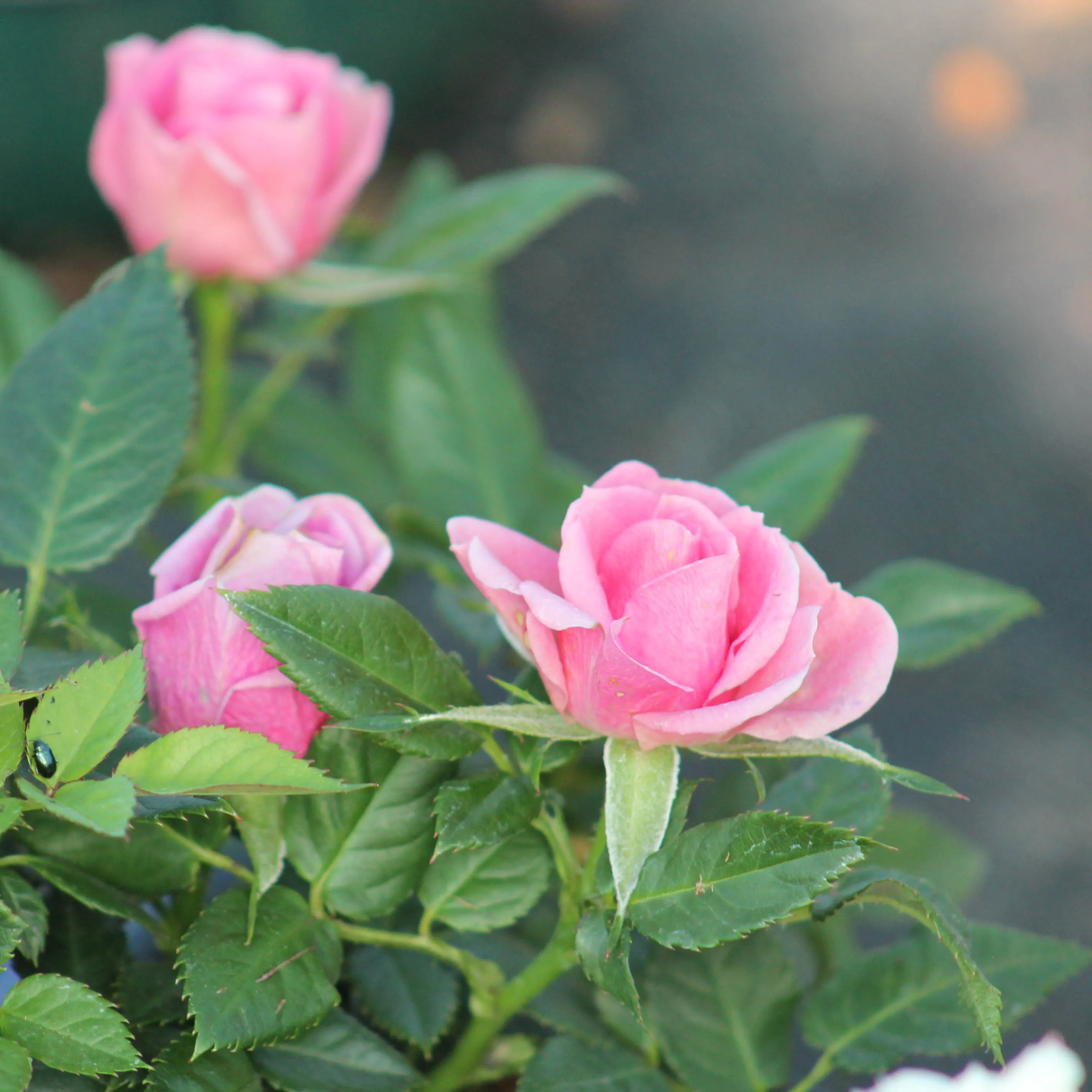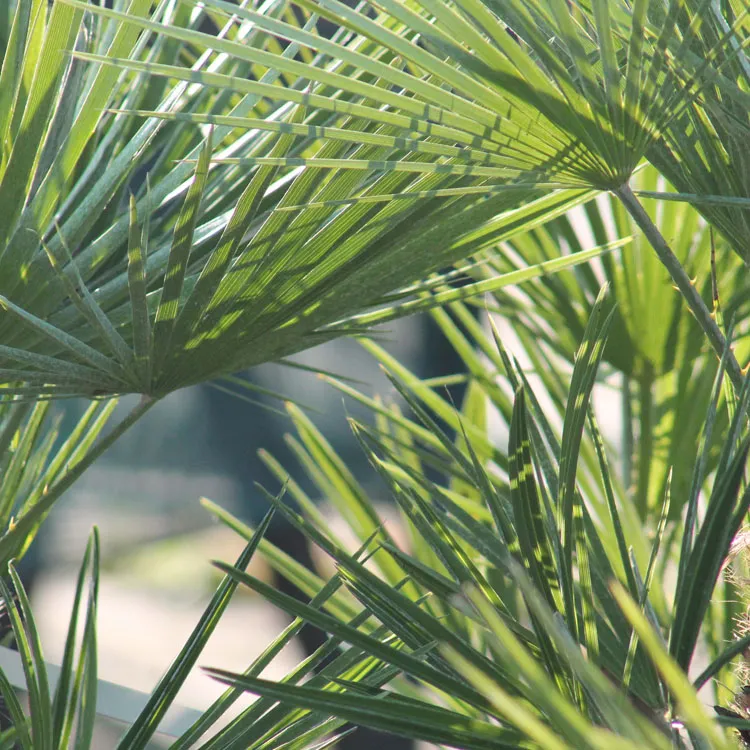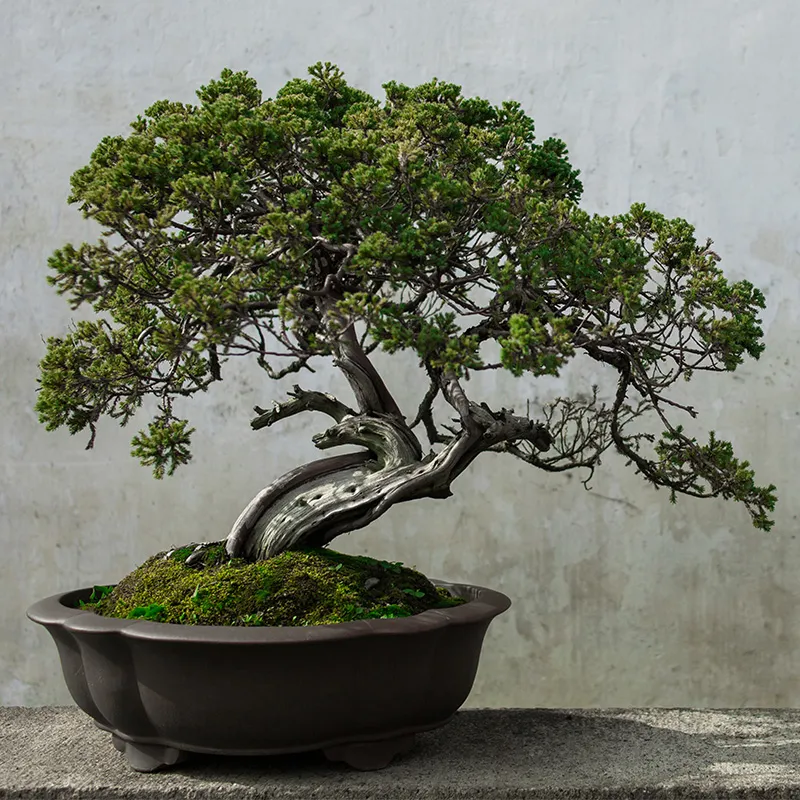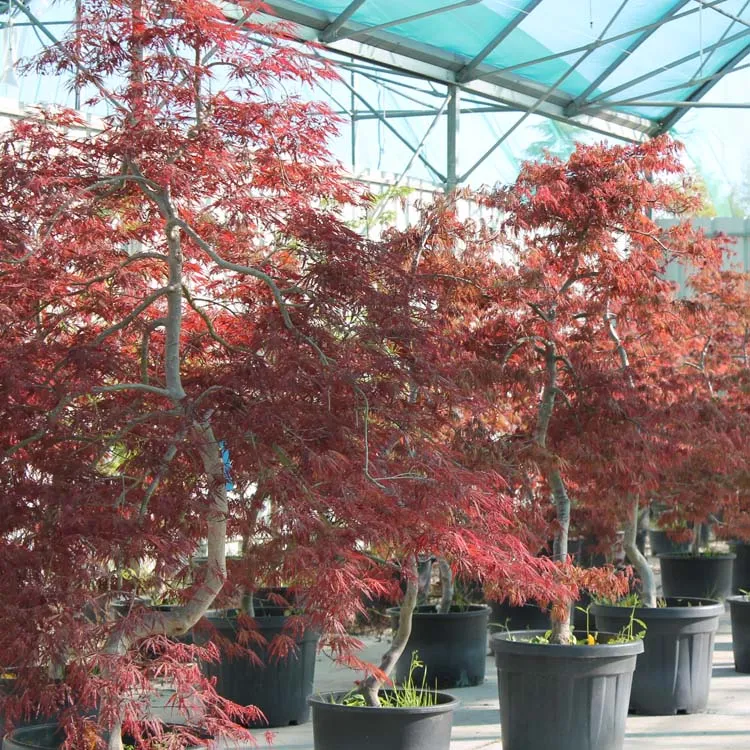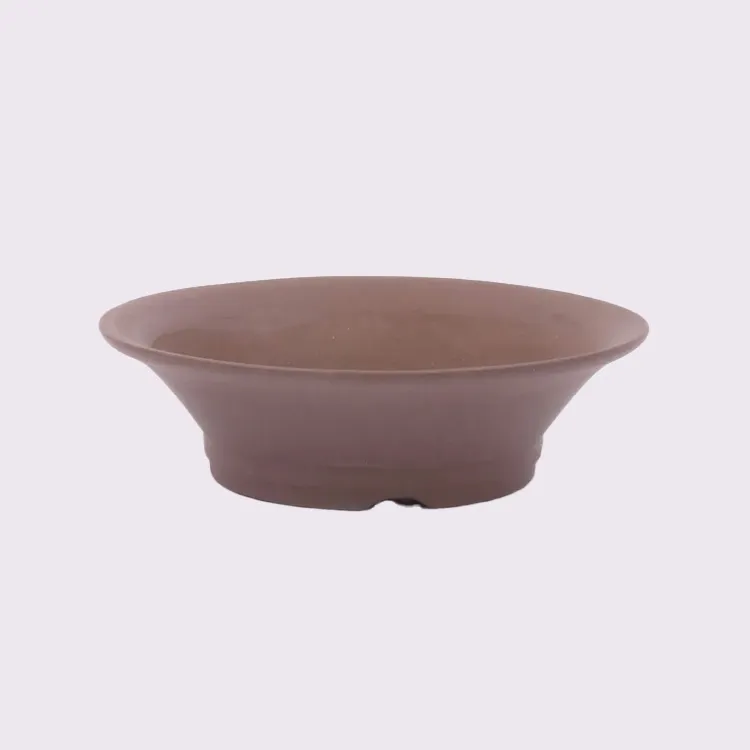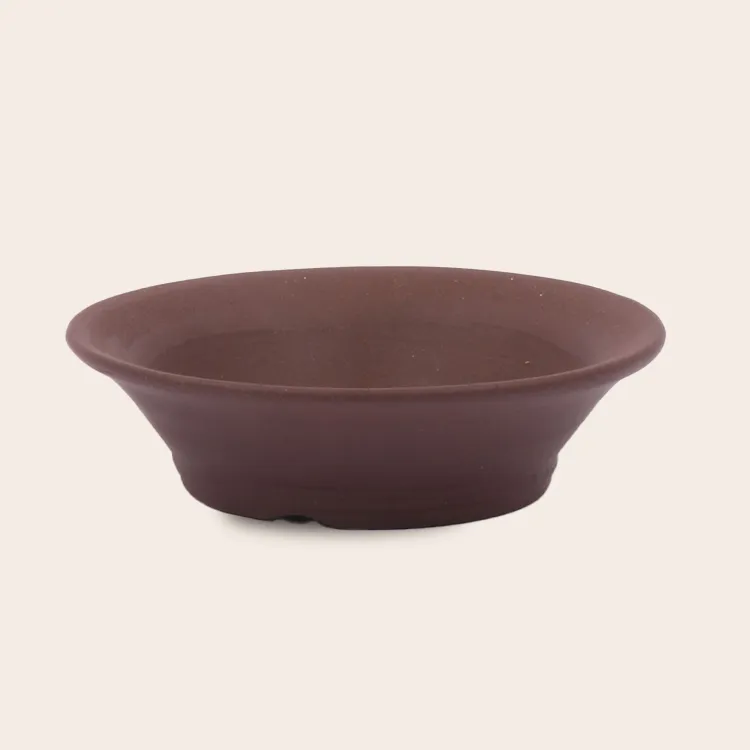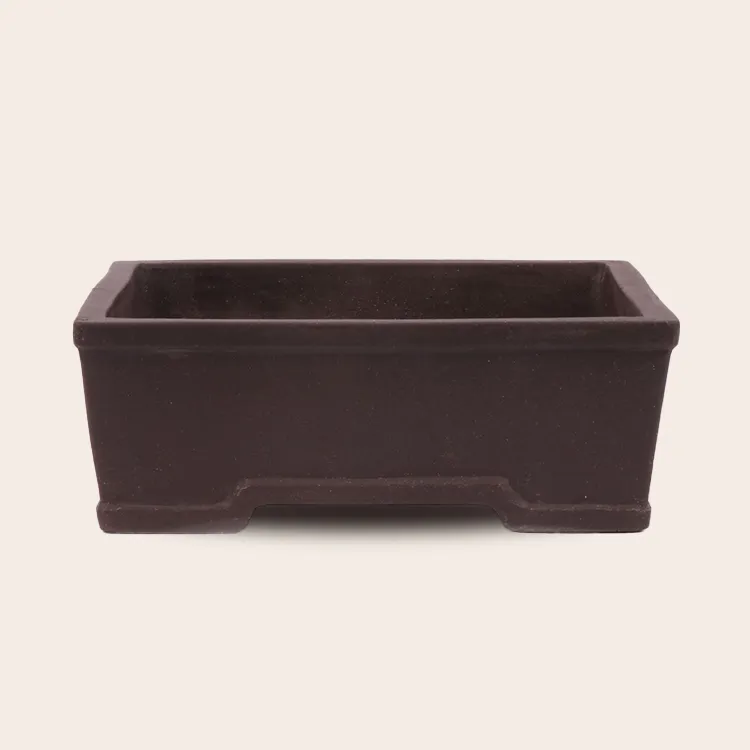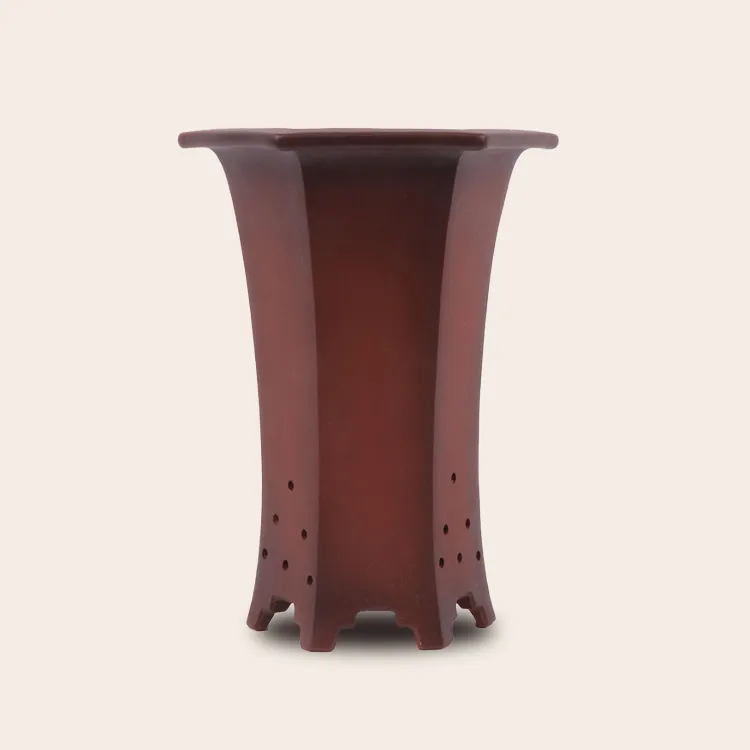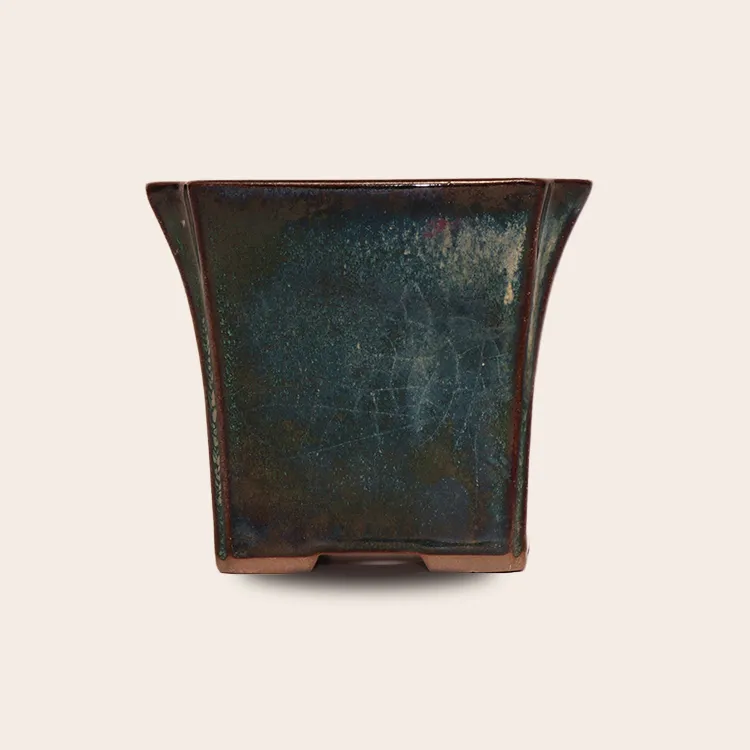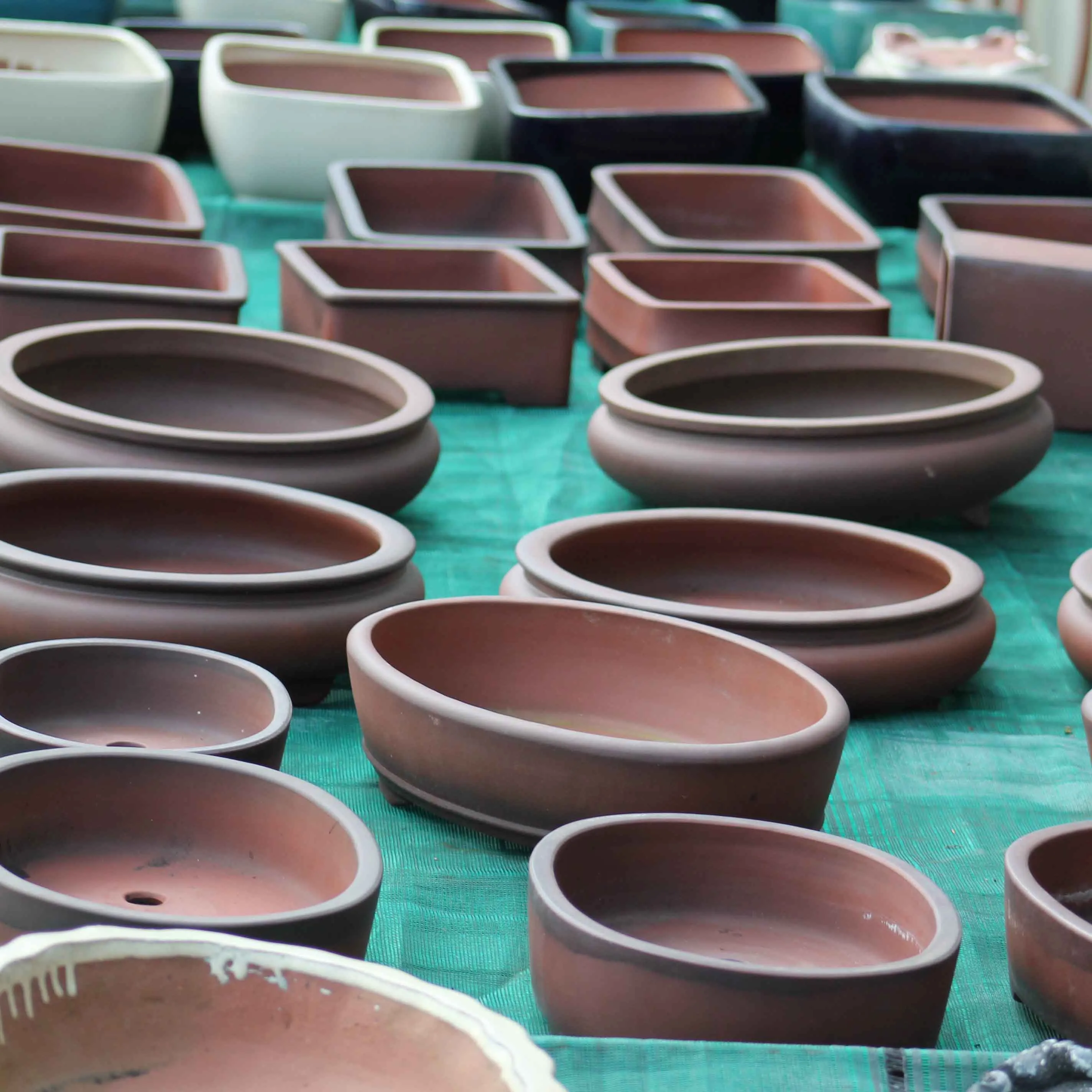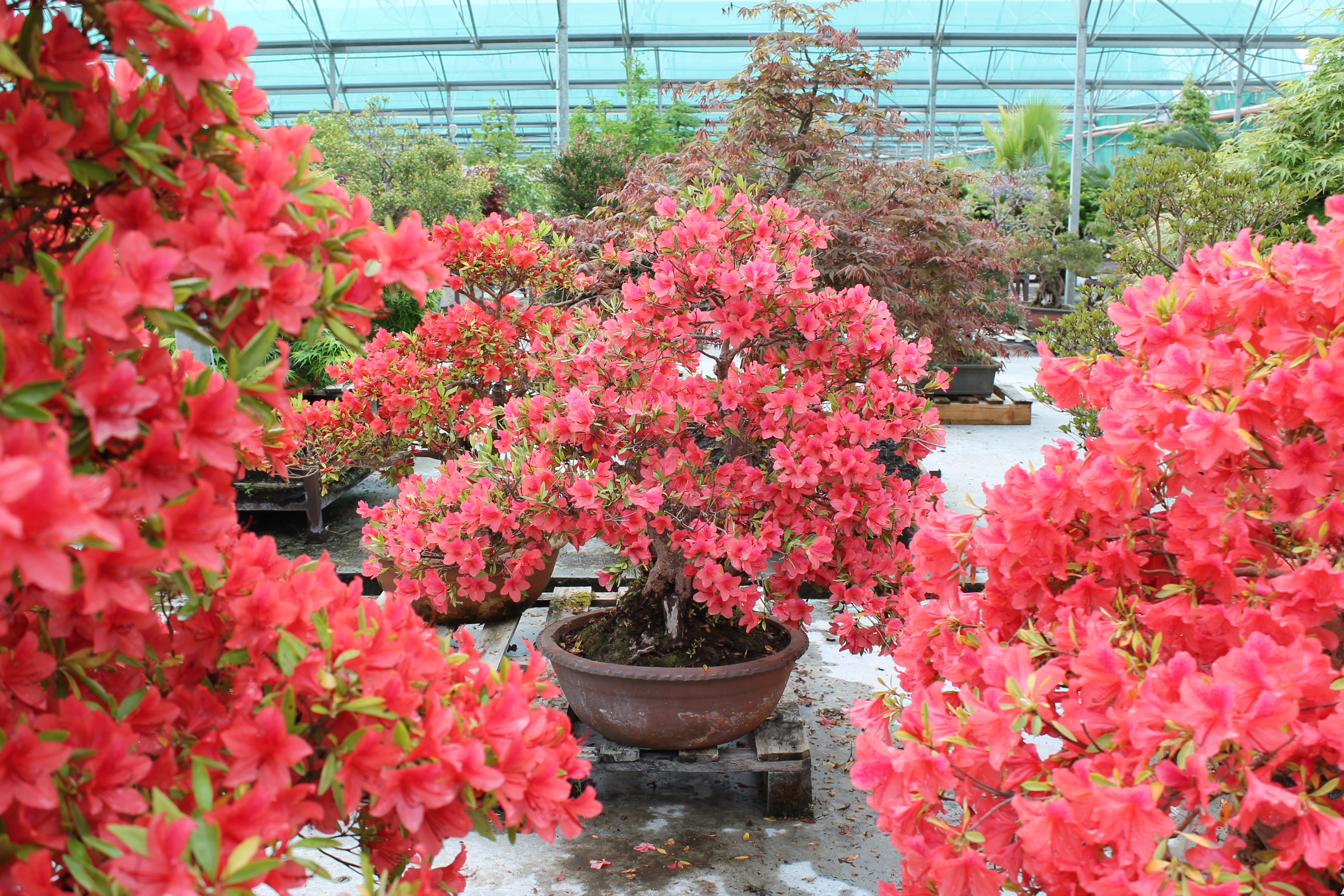Satsuki bonsai: floral elegance at the heart of Japanese miniature art
The ancient art of bonsai, born in China under the name of penjing and perfected in Japan over the centuries, embodies the harmony between man and nature. Among the many species chosen for this refined art, the azalea, and more specifically the Satsuki – Rhododendron indicum – occupies a special place for its spectacular flowering and its ability to be subtly shaped.
“Growing a bonsai is sculpting time into a drop of nature.”
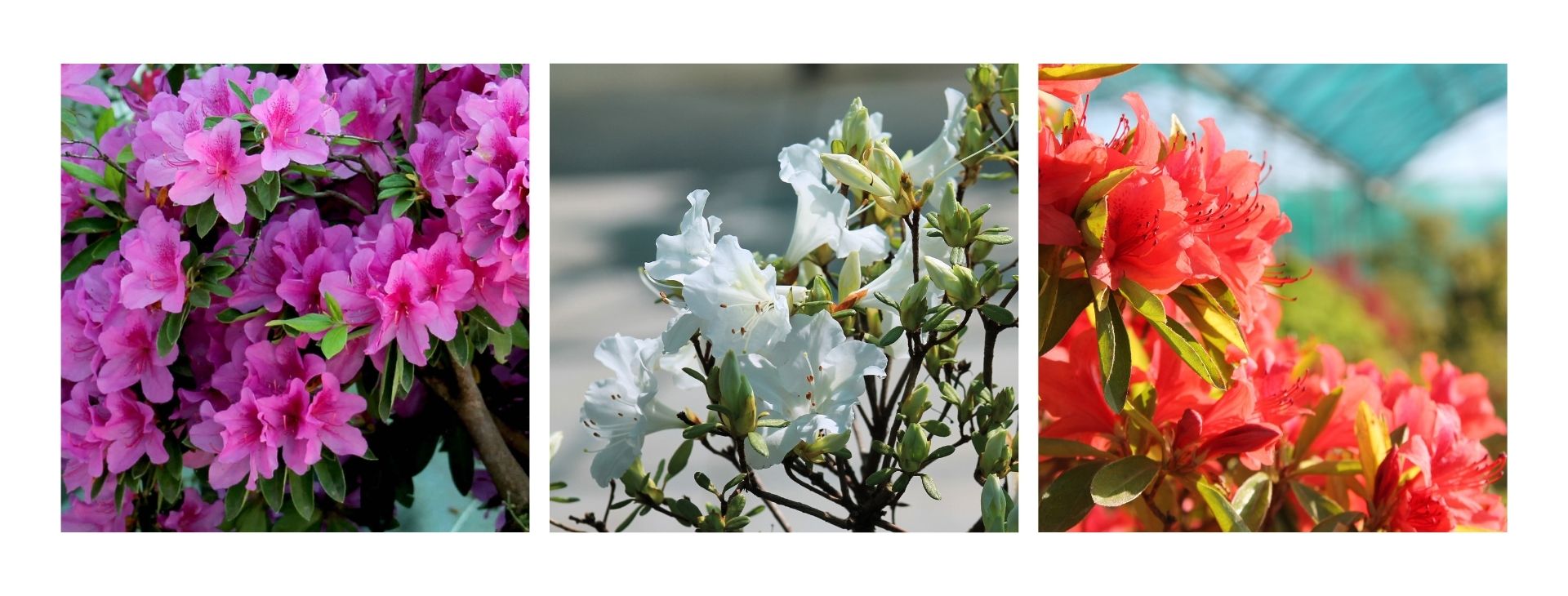
Heritage and symbolism
Cultivated since the Edo period (1603-1868), Satsuki is a symbol of grace (yūga), patience, and serenity (shizukesa). Its name, "Satsuki," means "fifth month" in Japanese, referring to its typical May flowering. Bonsai masters (bonsaika) appreciate this species for its resilience, floridity, and precise response to pruning.
Growing conditions: an essential balance (chōwa)
Climate and location (okibasho)
Satsuki bonsai can be grown outdoors year-round, but prefers cool, shaded environments, especially in summer. It is sensitive to severe frost: during the winter, place it in a cold greenhouse or protect it with a wintering fleece.
Substrate (yōdo)
Azaleas require a light, acidic, and well-drained soil. The traditional Japanese mix, called Kanuma, is highly recommended. This porous volcanic soil retains moisture without suffocating the roots. Repotting is recommended every 2 to 3 years, ideally in early spring, but never within a year of purchase.
Watering (mizuyari)
Watering Satsuki bonsai requires regularity. The substrate should be kept slightly moist, but not soggy. It is best to use low-mineral water or rainwater to avoid alkalizing the soil.
Size and shaping: the expression of mastery
Structural size (sentei)
Performed after flowering (early summer), it helps maintain the aesthetic balance (kinsei) of the tree. Remove dead or poorly oriented branches, and prune lightly to thicken the branching.
Pinch (mezumi)
During the growing phase, pinch out tender young shoots with your fingers to control canopy expansion and encourage a compact shape.
Ligature (harigane-kake)
Possible but tricky, as Satsuki wood is brittle. Use anodized aluminum wire and never leave the ligature in place for too long to avoid permanent marks.
Post-bloom maintenance: encouraging rebirth
- Remove faded flowers and pistils: this stimulates new shoots and encourages my next bloom.
- Clean and thin out the branches by trimming any overly dense tips.
- Maintenance pruning: Even out the overall shape and prepare the tree for the following season.
- Never prune severely just before the next bloom, as this will compromise its floral vigor.
Fertilization (sehi)
During the growing season (spring to early fall), use a mild organic fertilizer (such as Biogold or Japanese compost pellets). An NPK 12-12-17 may be suitable if you prefer a mineral option, but be careful not to burn the Satsuki's sensitive roots. In winter, suspend all fertilization.
The praise of contemplation (kanshō)
A blooming azalea bonsai evokes a miniature spring mountain scene. It is a tree that awakens the senses: sight through the beauty of its flowers, touch through the delicacy of its leaves, and the mind through its evocative form. Contemplating a Satsuki bonsai is like entering a state of active meditation (Zen), where time stands still.
"One tree, one world." (Japanese proverb)
Conclusion: an art of living to cultivate
Mastering the Satsuki bonsai culture is a demanding but deeply rewarding journey. With care, rigor, and sensitivity, it will offer you a floral spectacle of rare elegance every year. Whether on an urban balcony, in a Zen garden, or on a dedicated outdoor shelf, this small tree will carry within it all the poetic power of miniaturized Japanese nature.



 Production of French Bonsai
Production of French Bonsai

